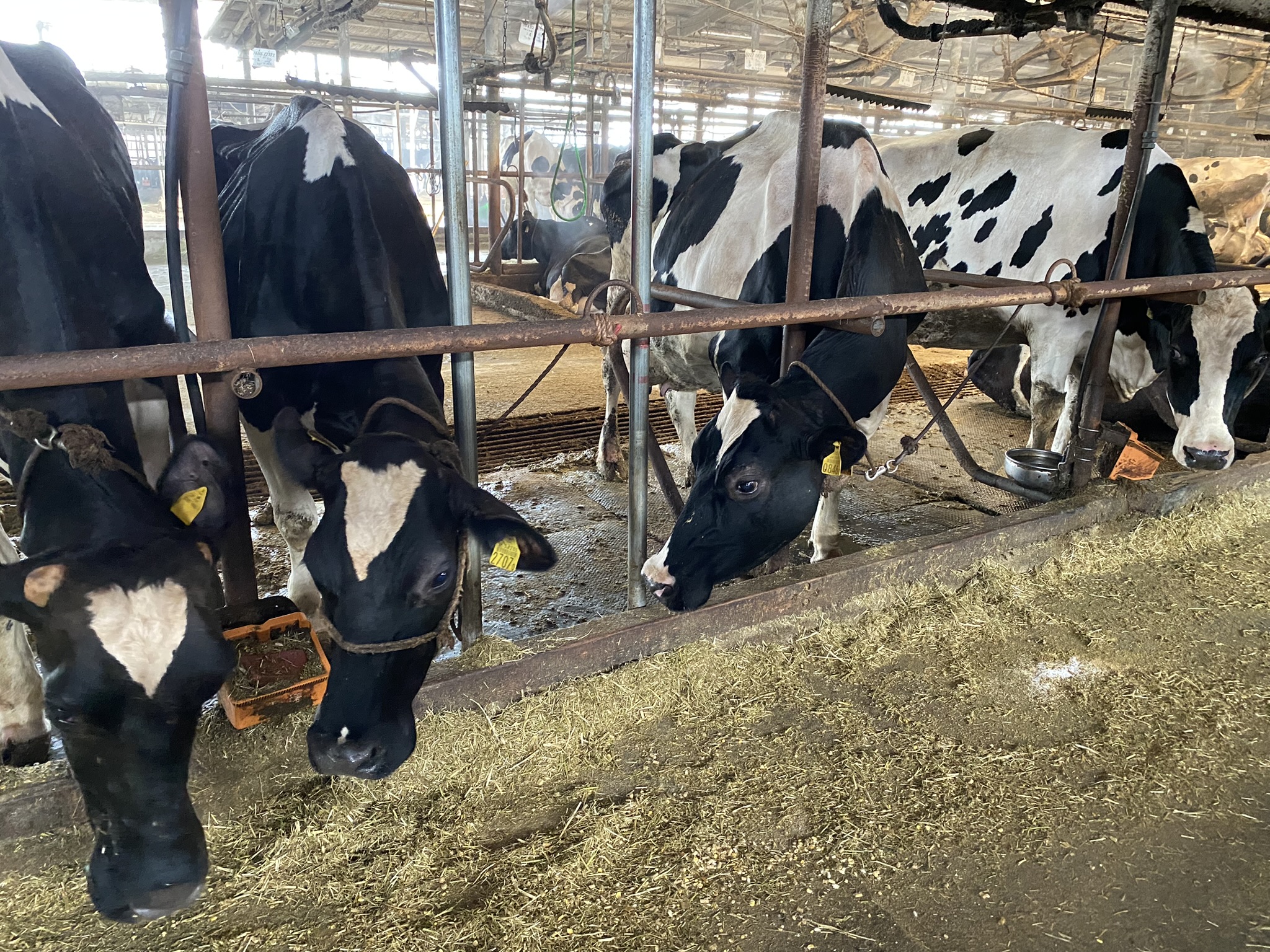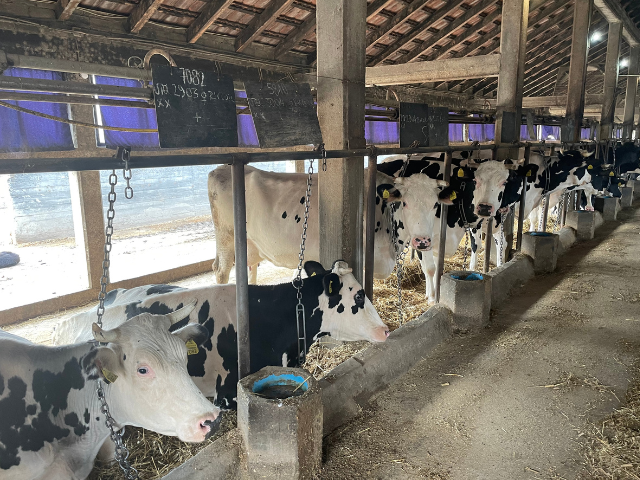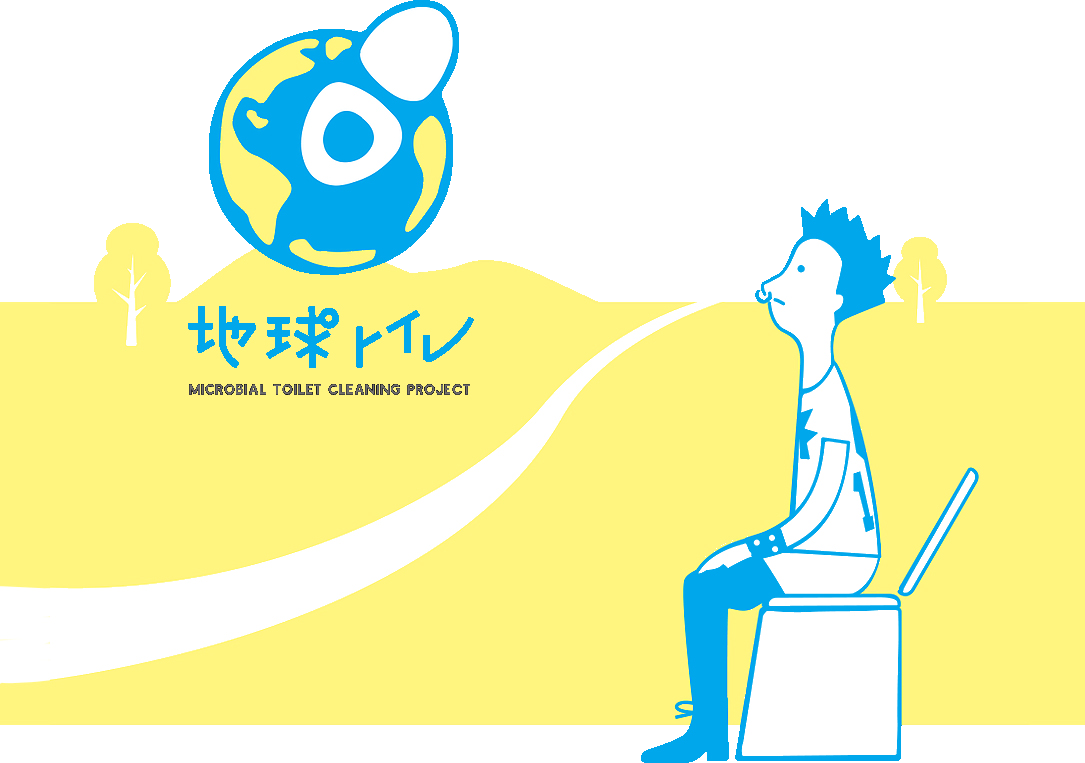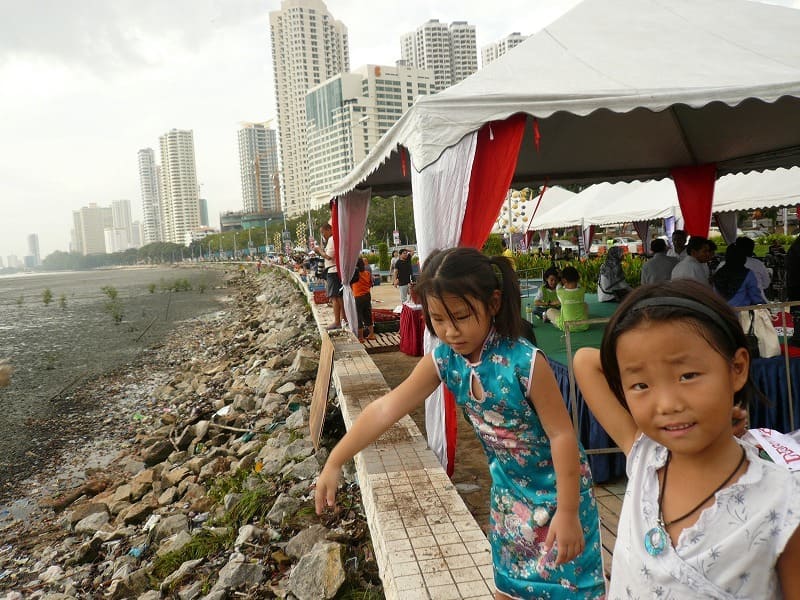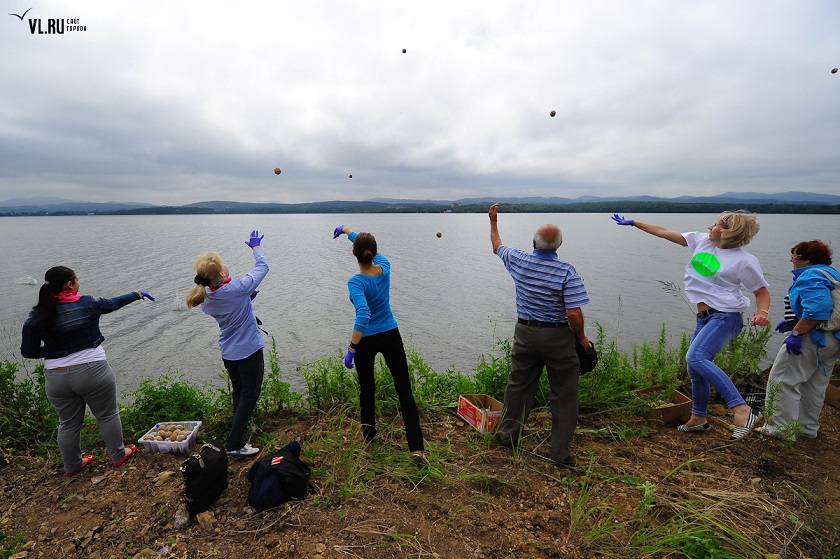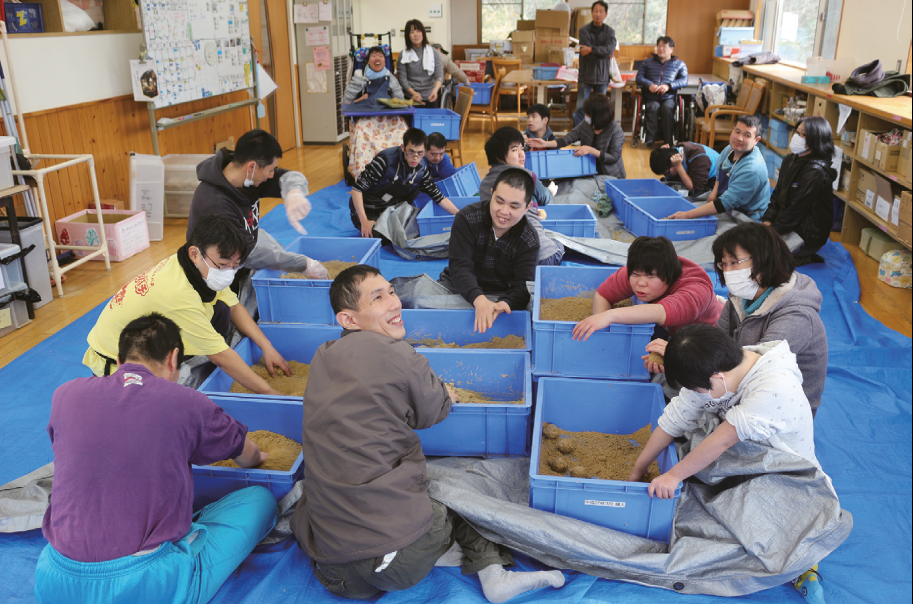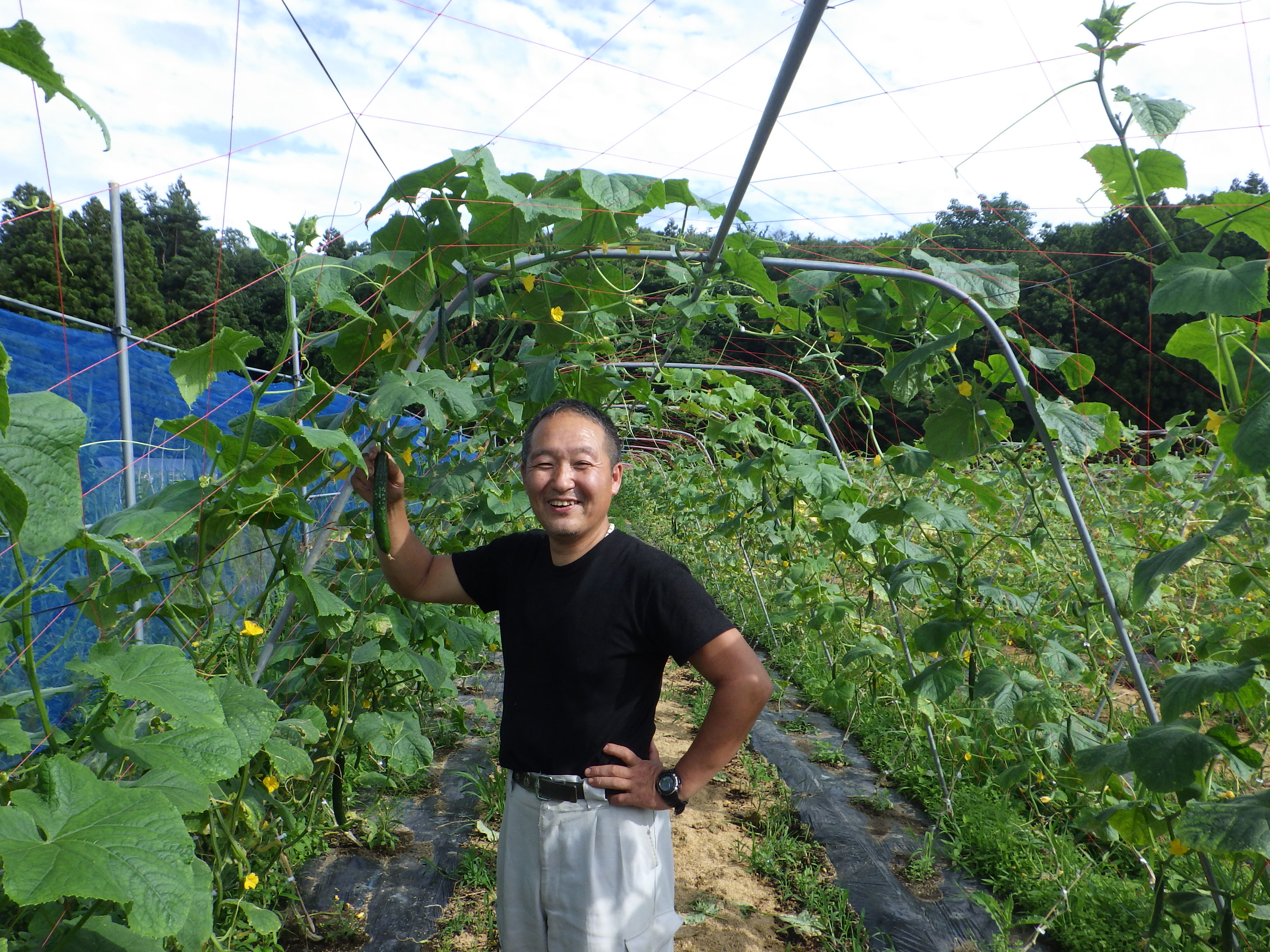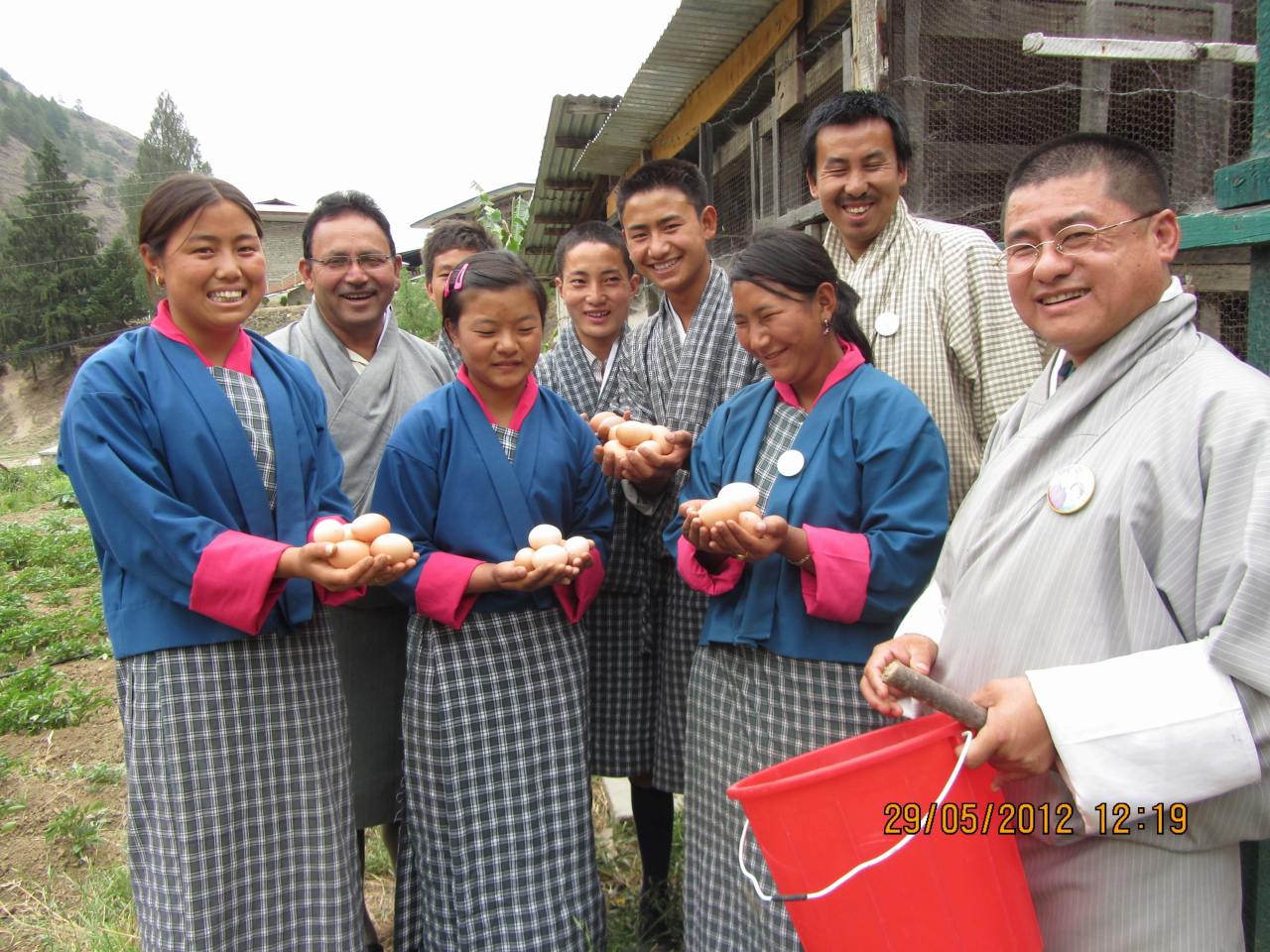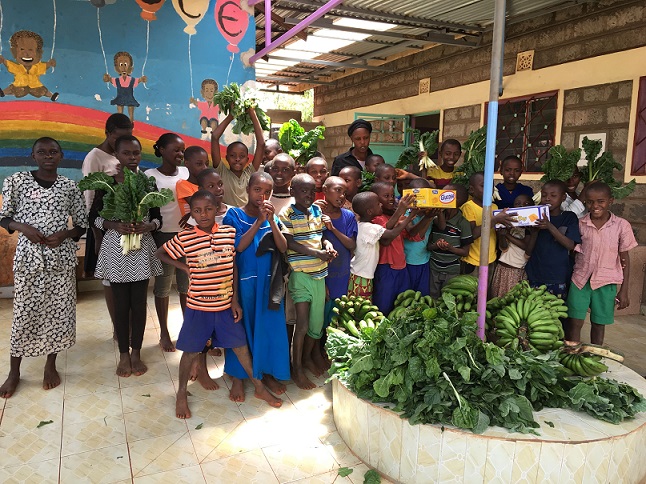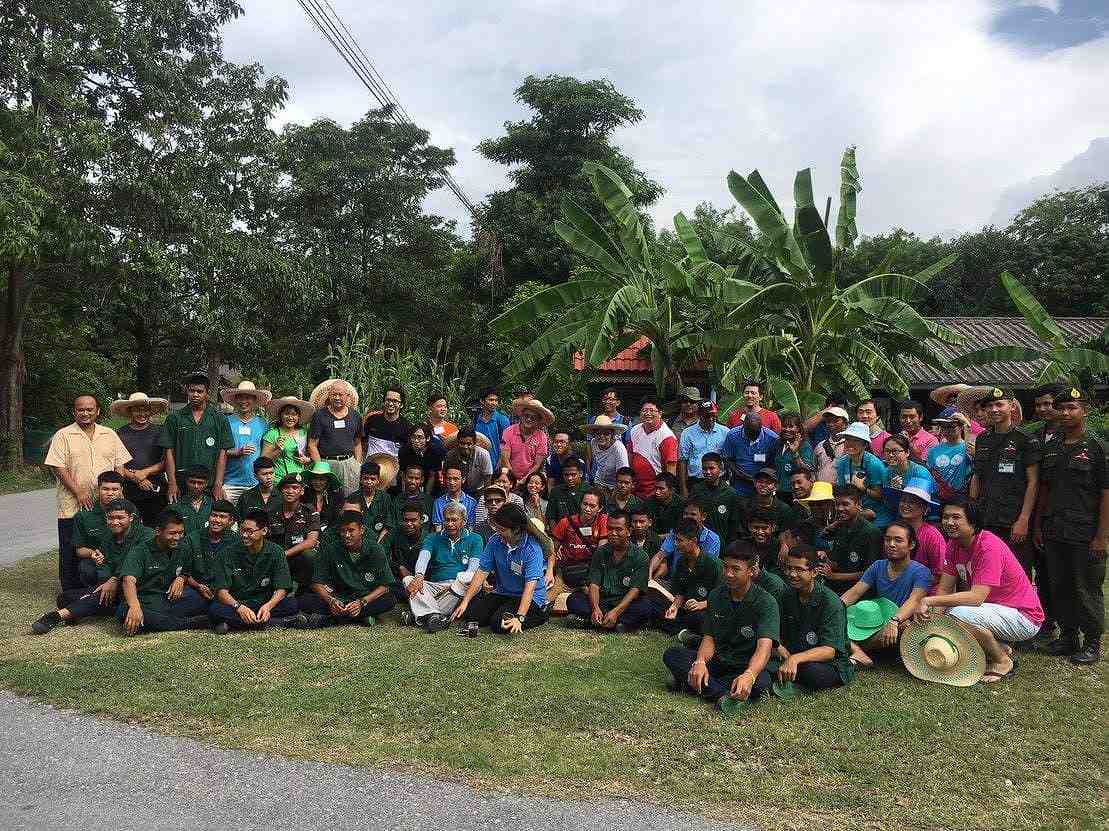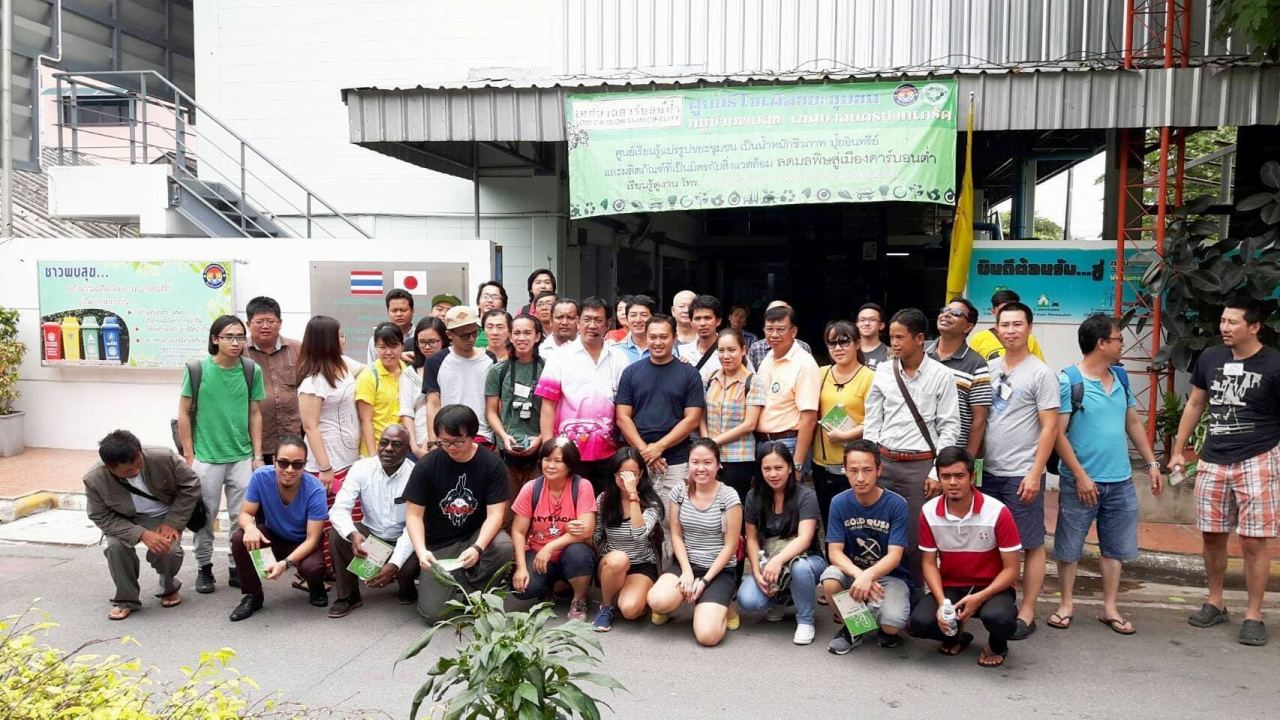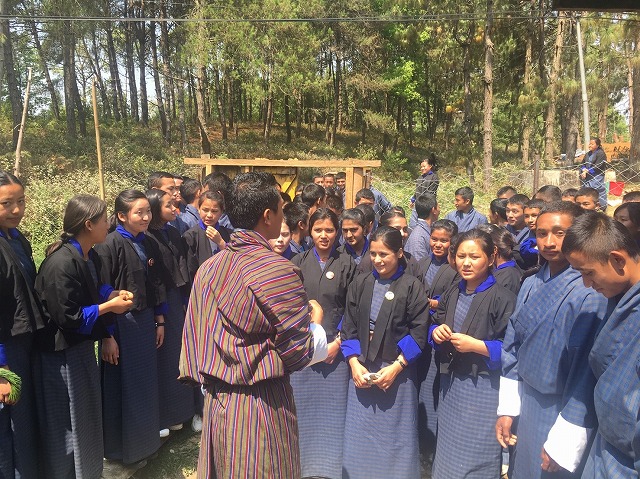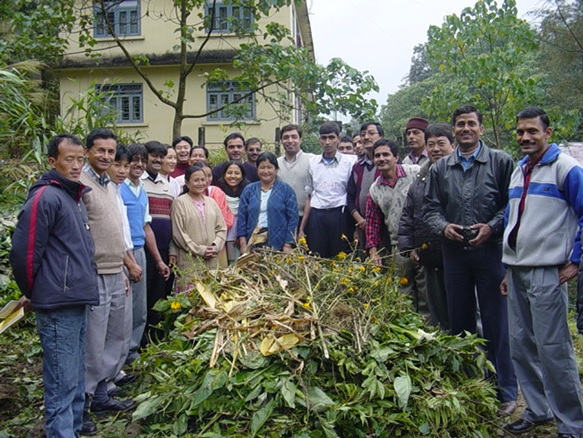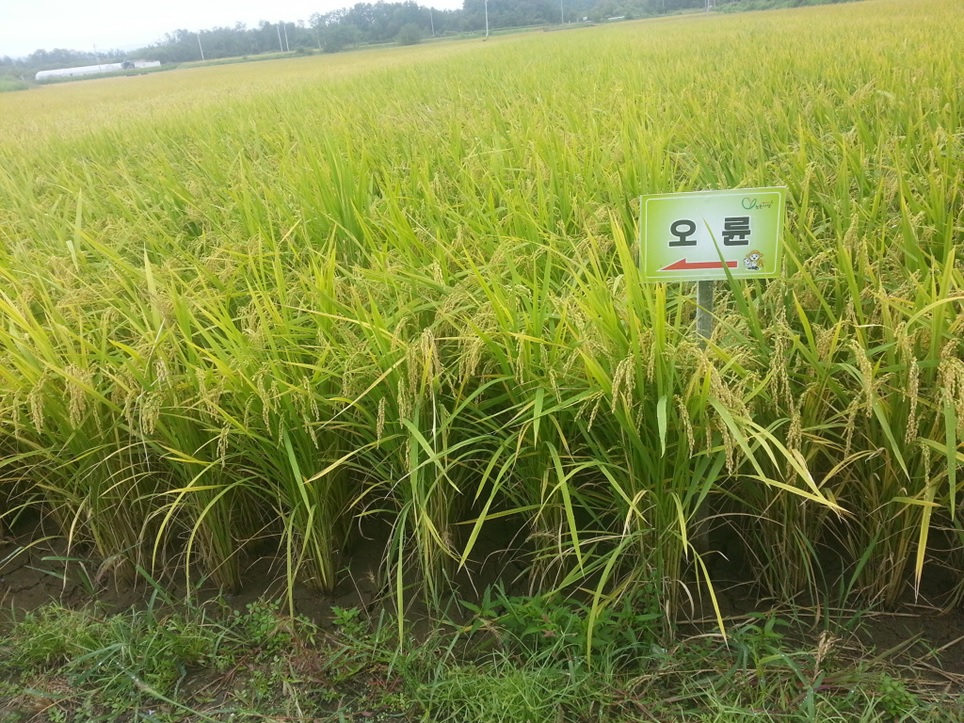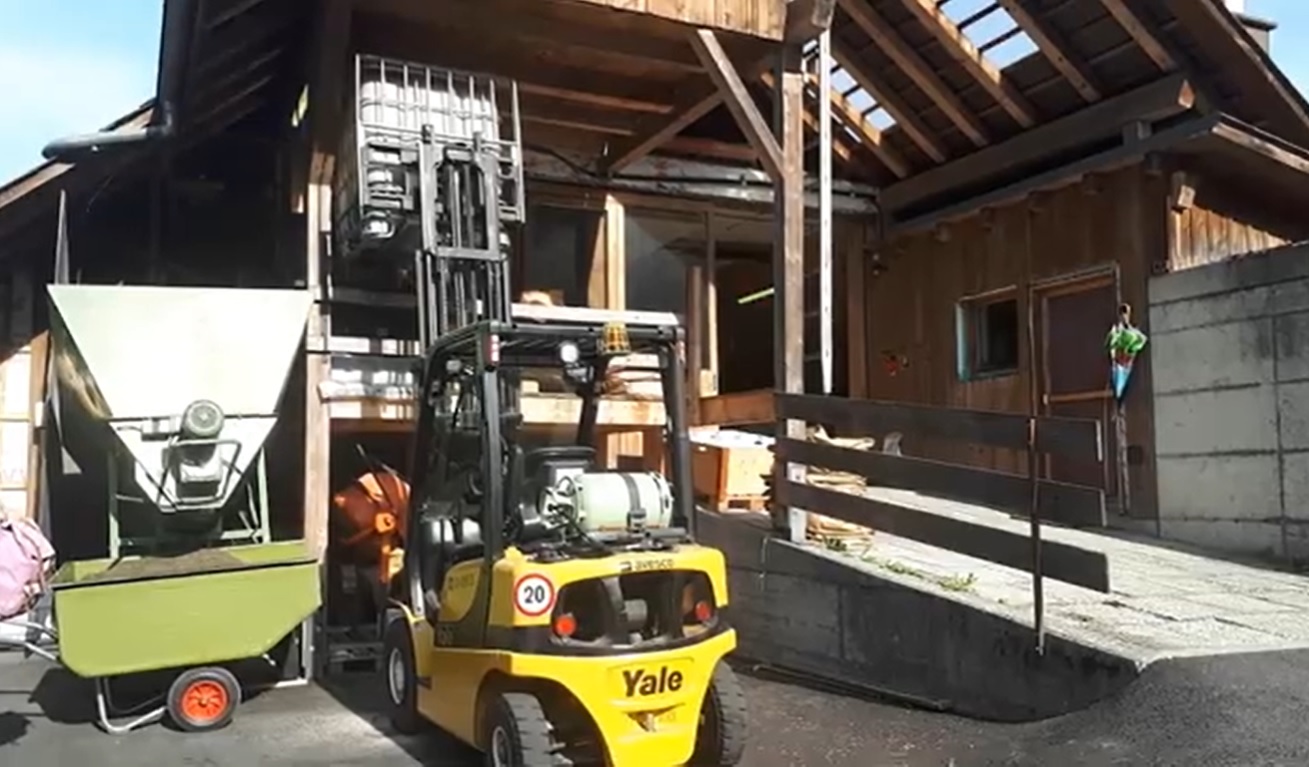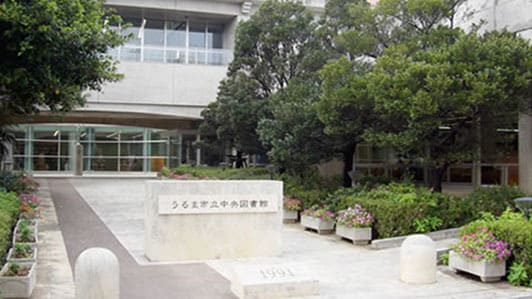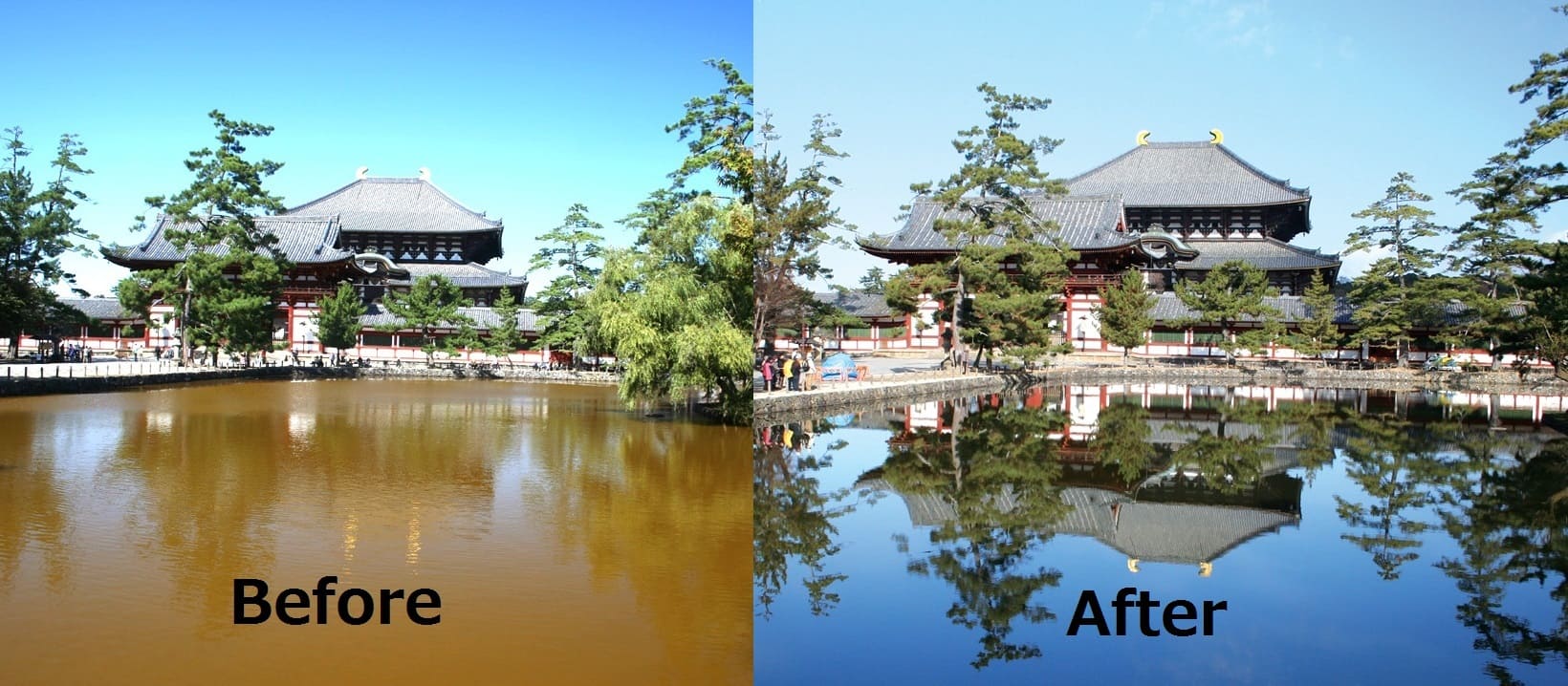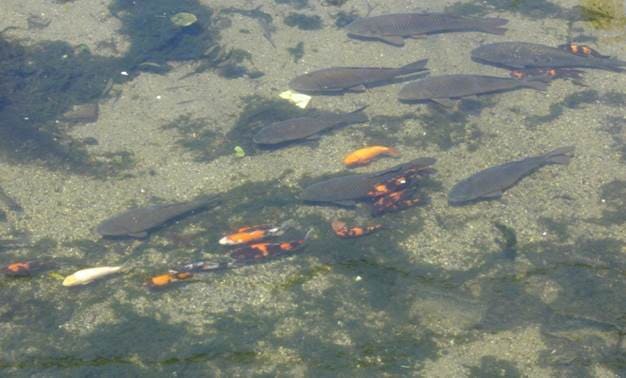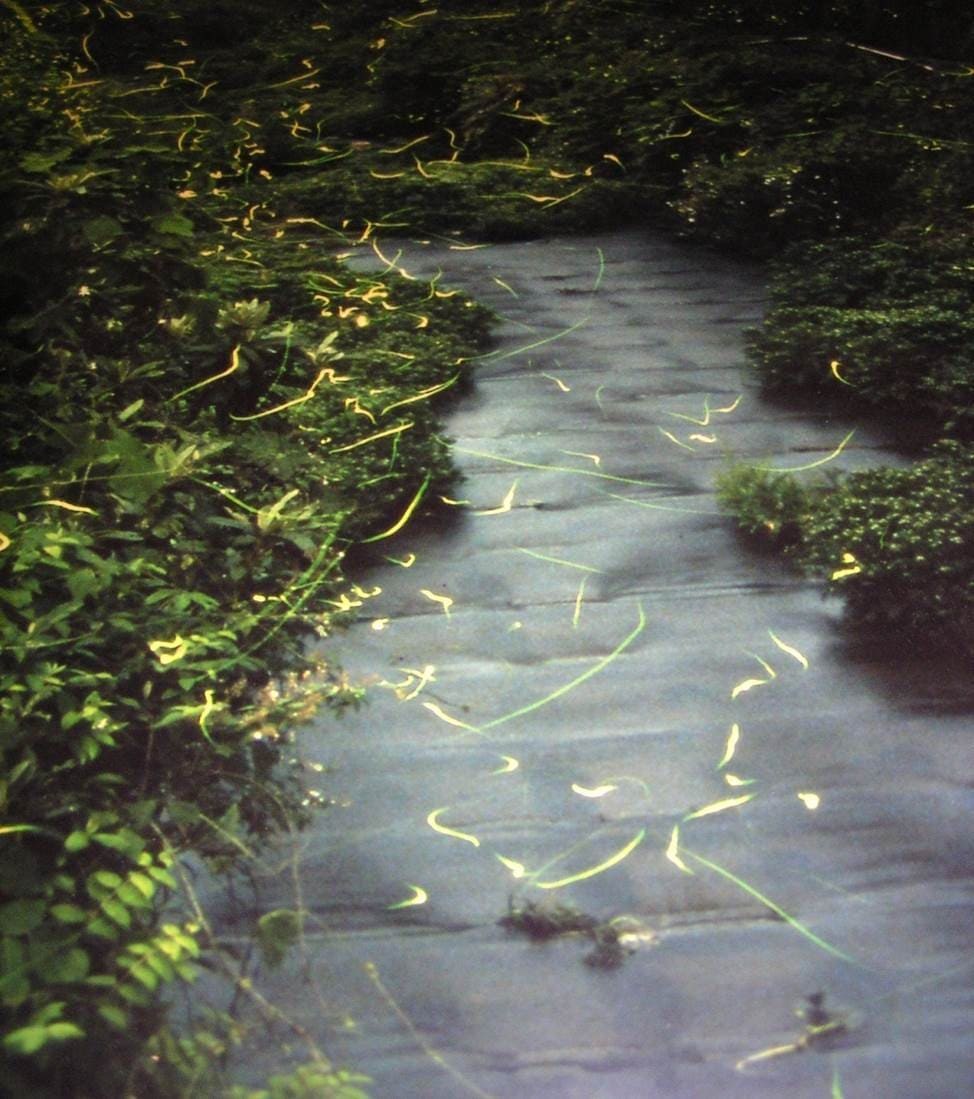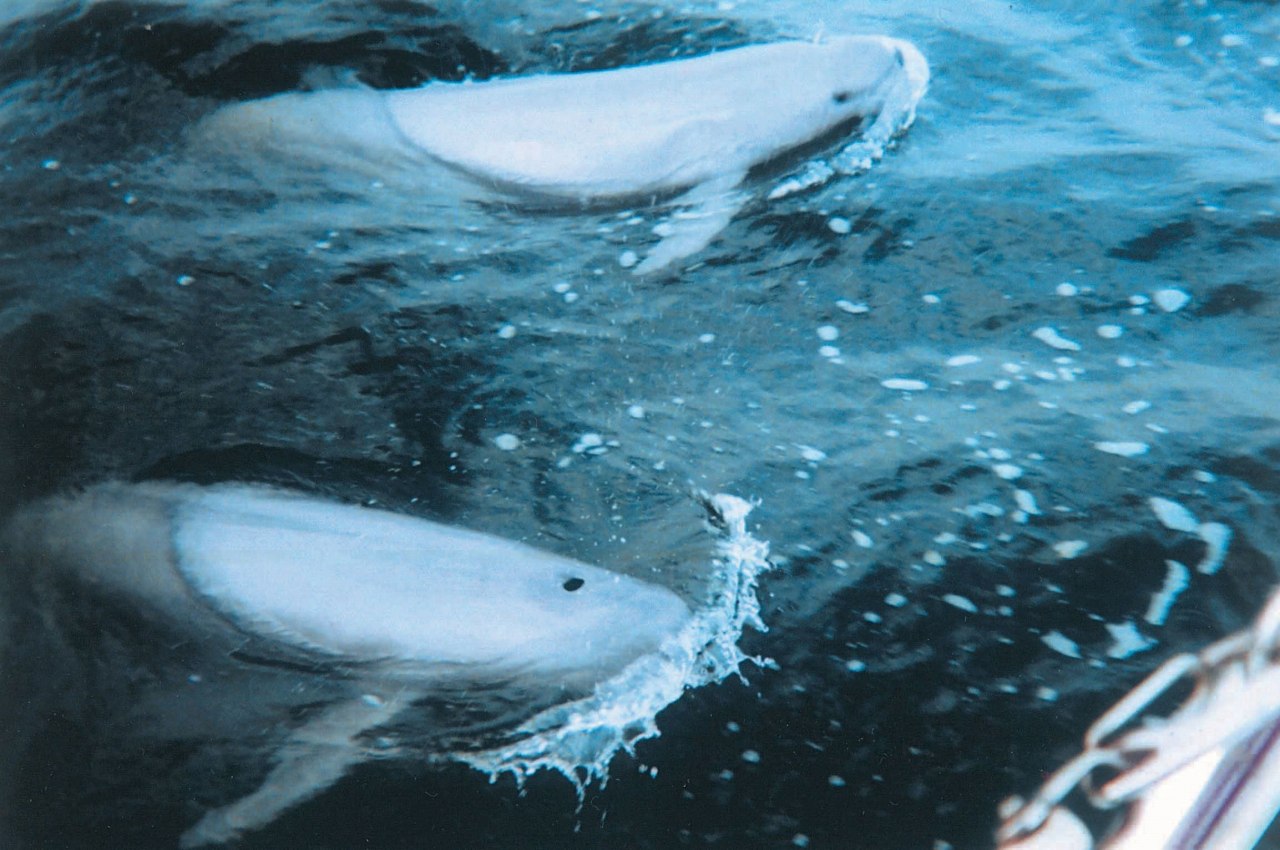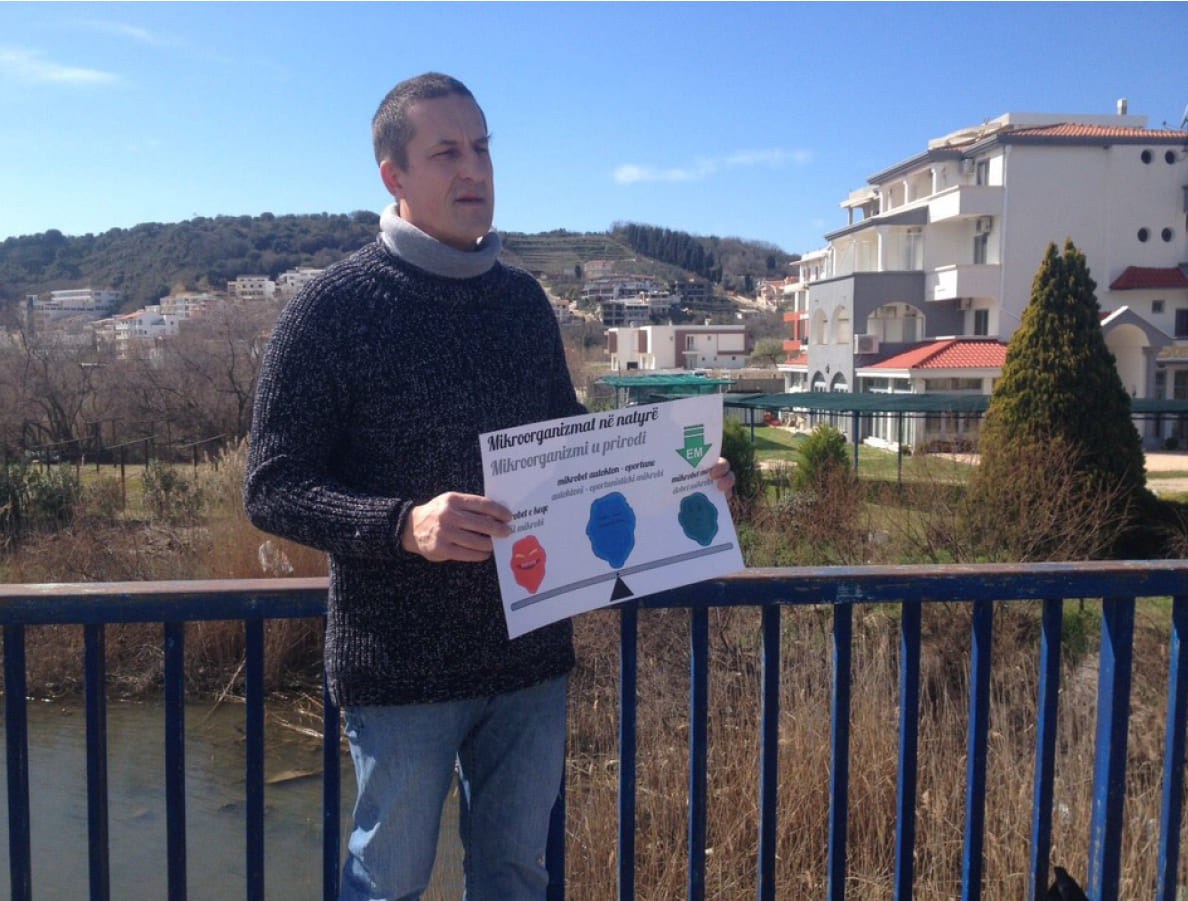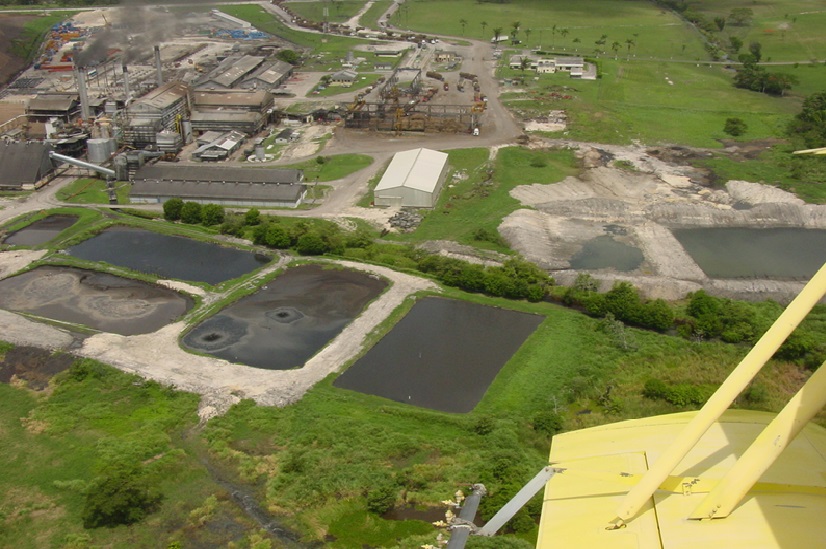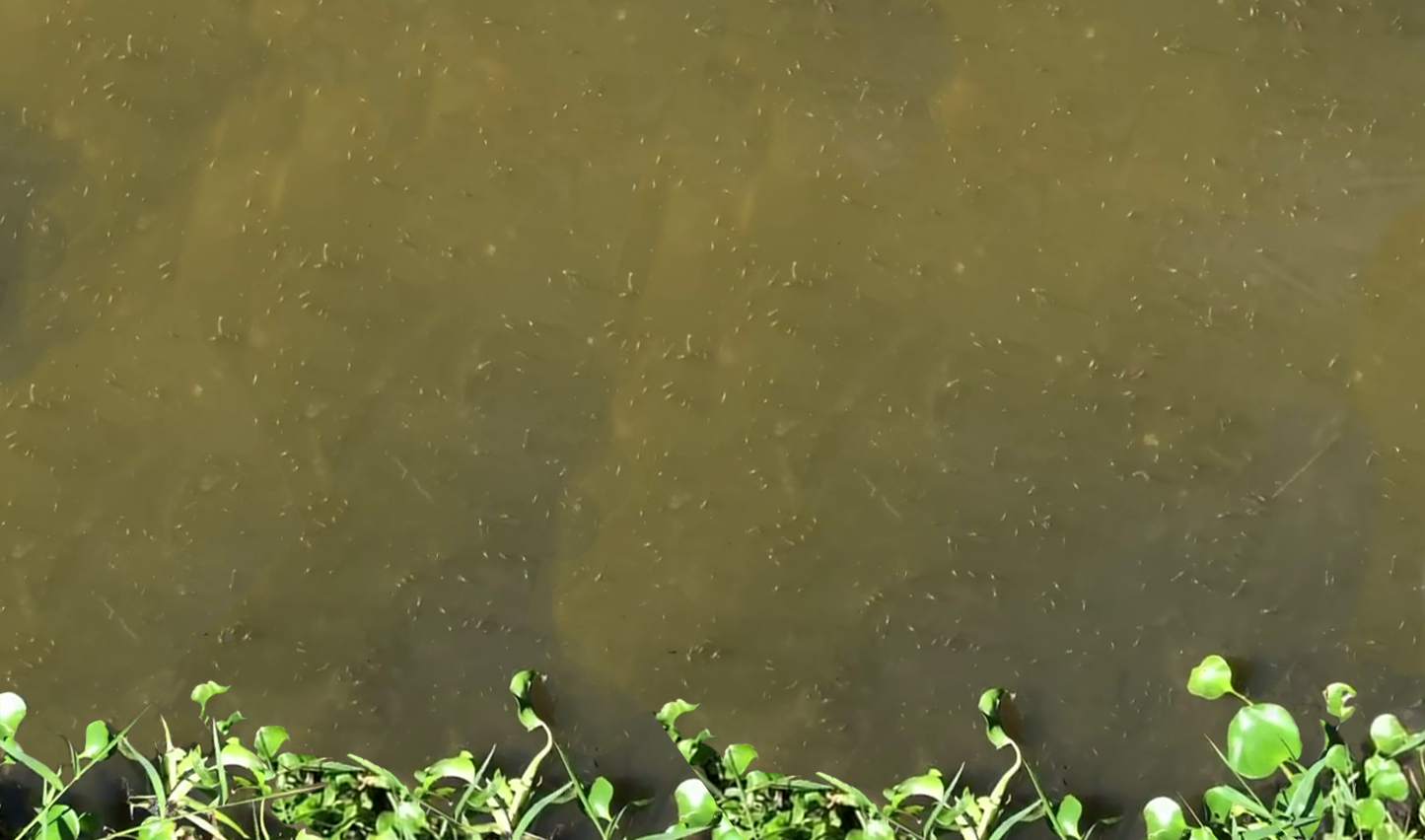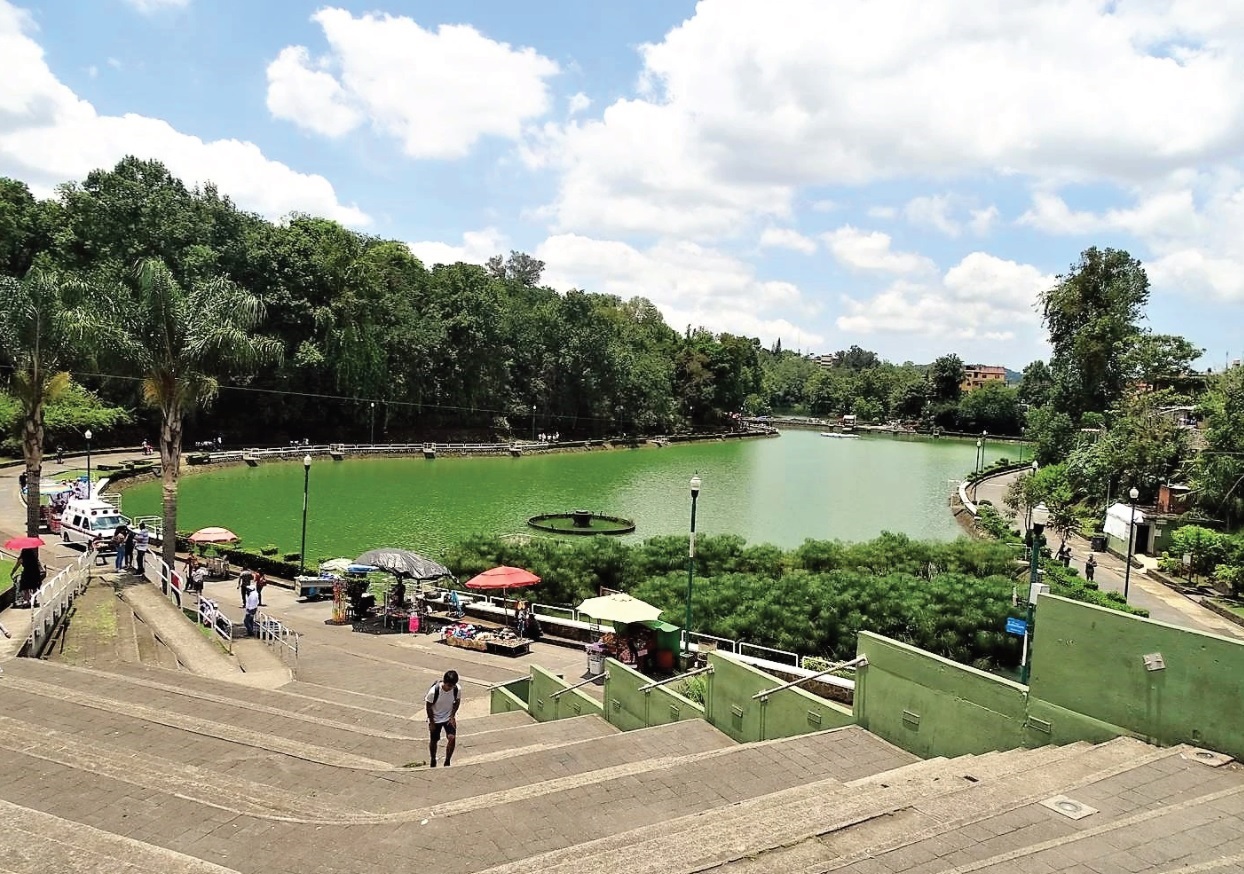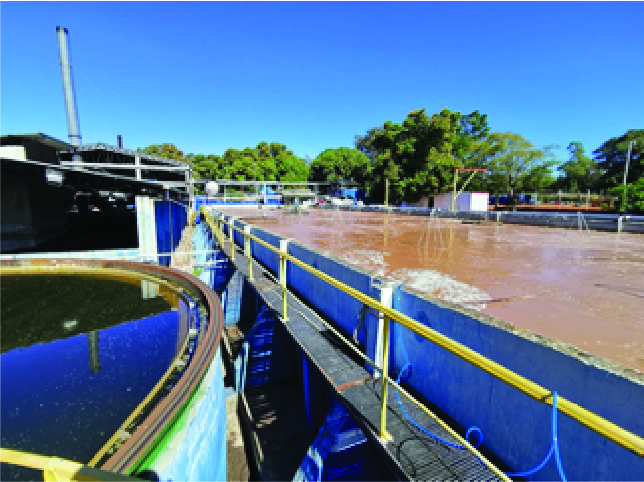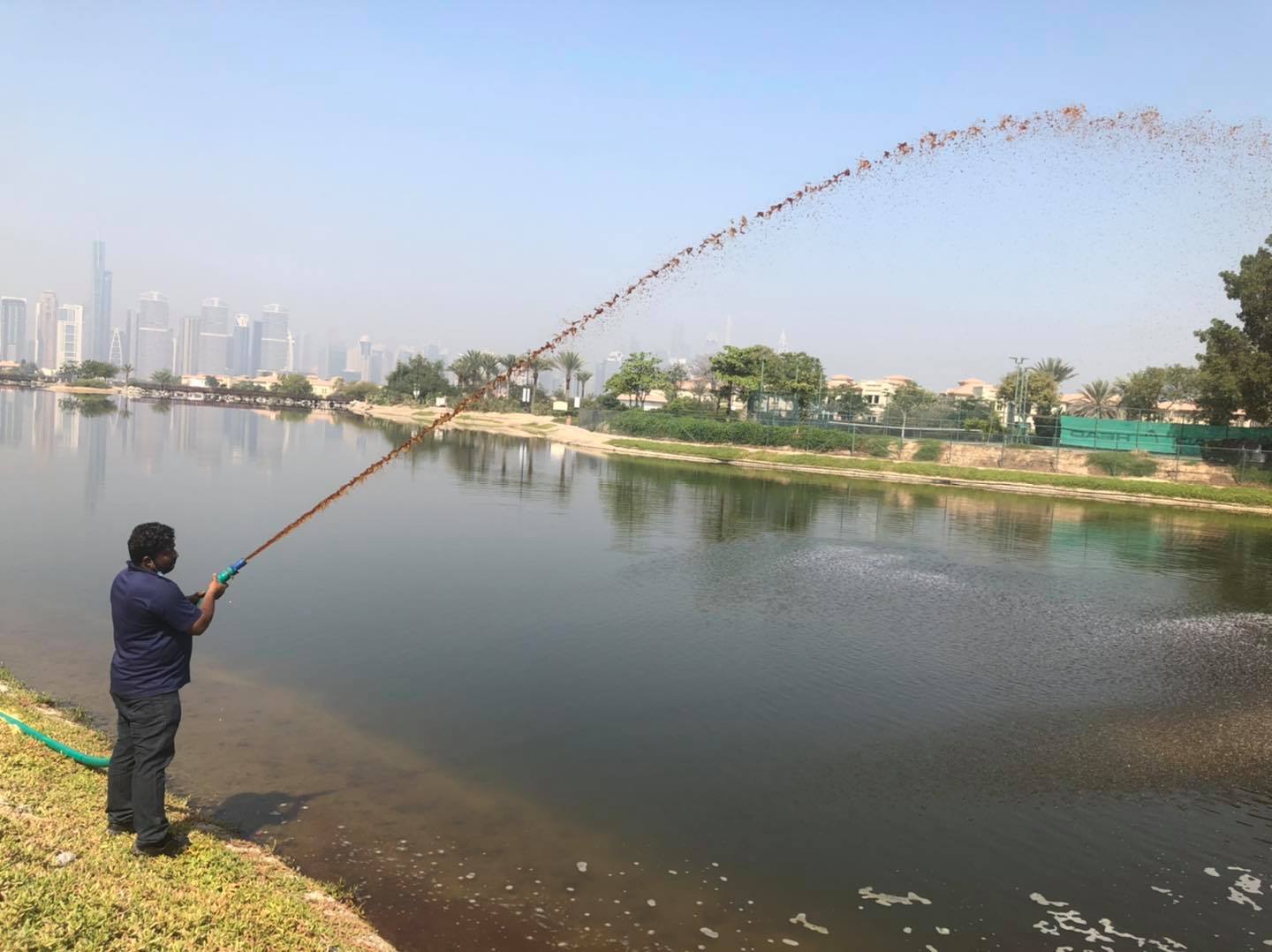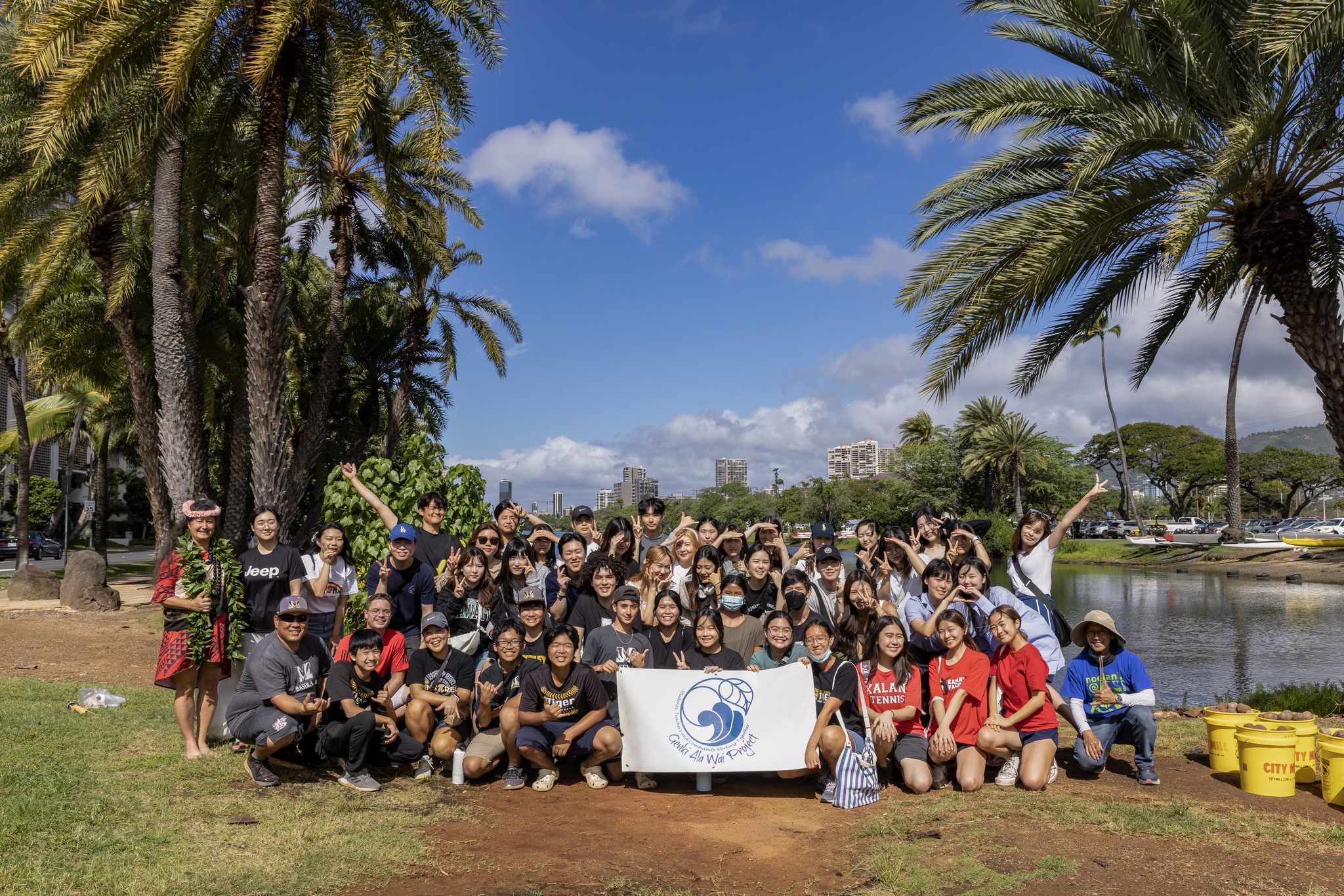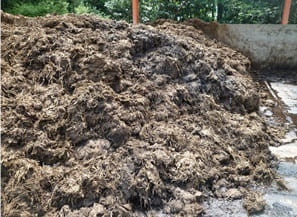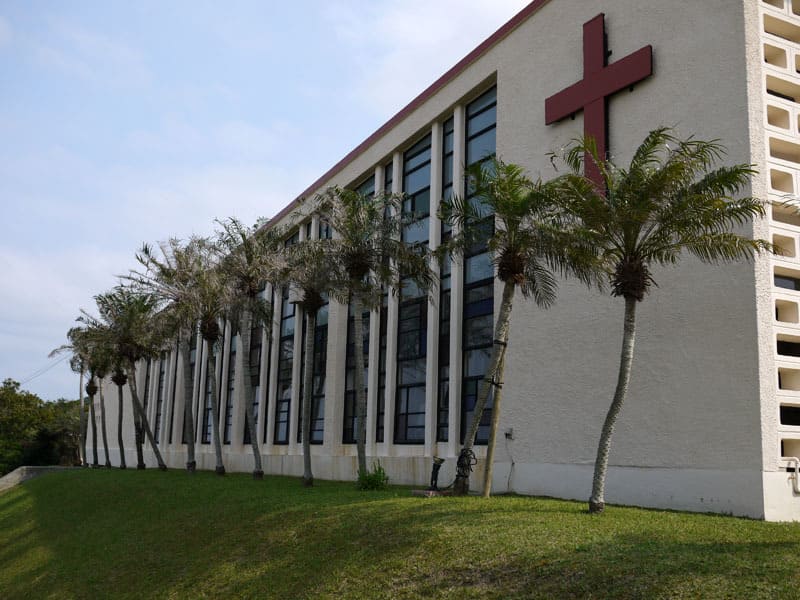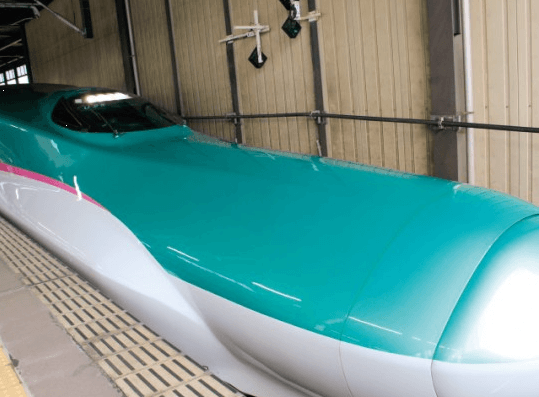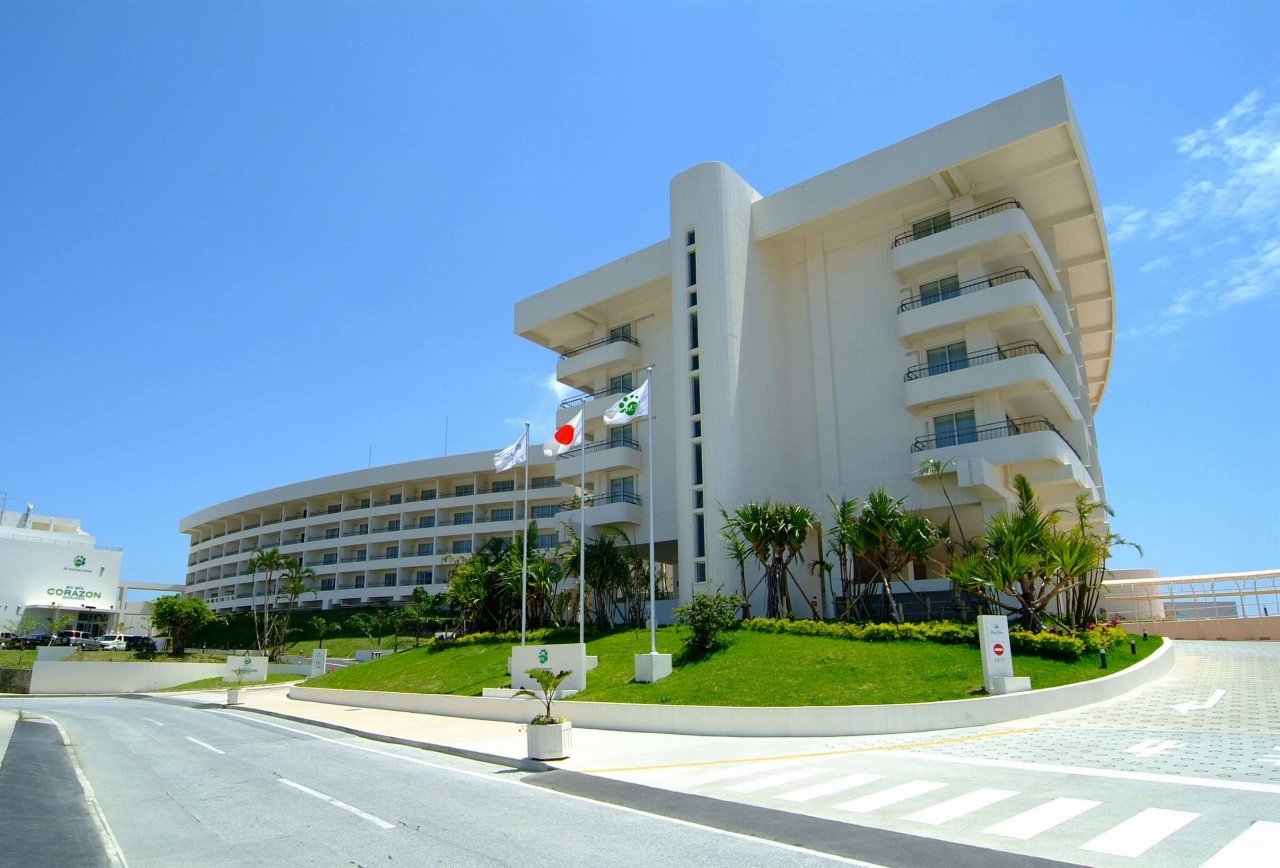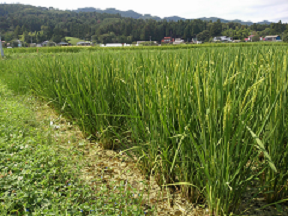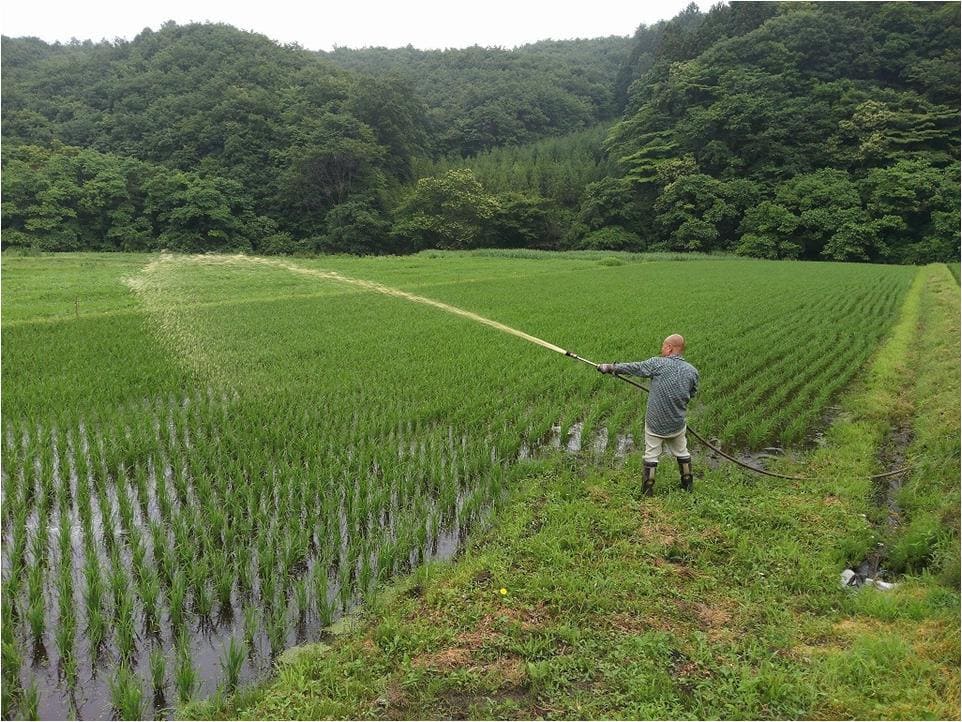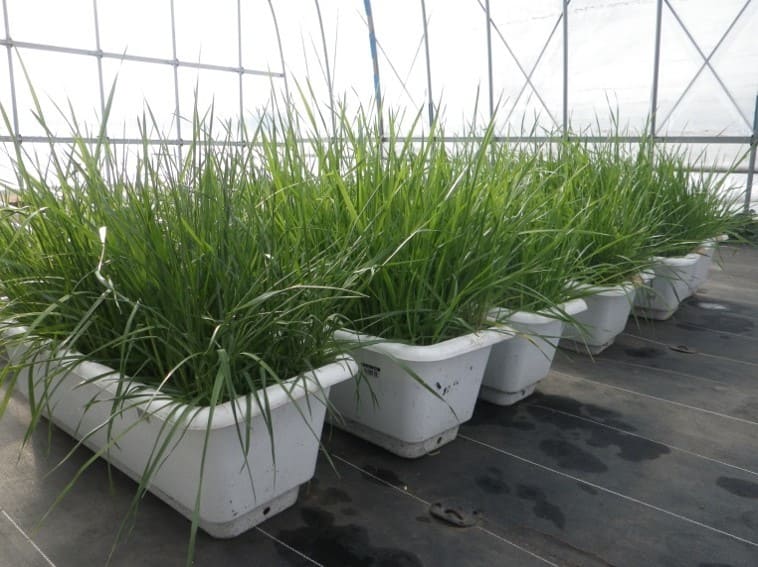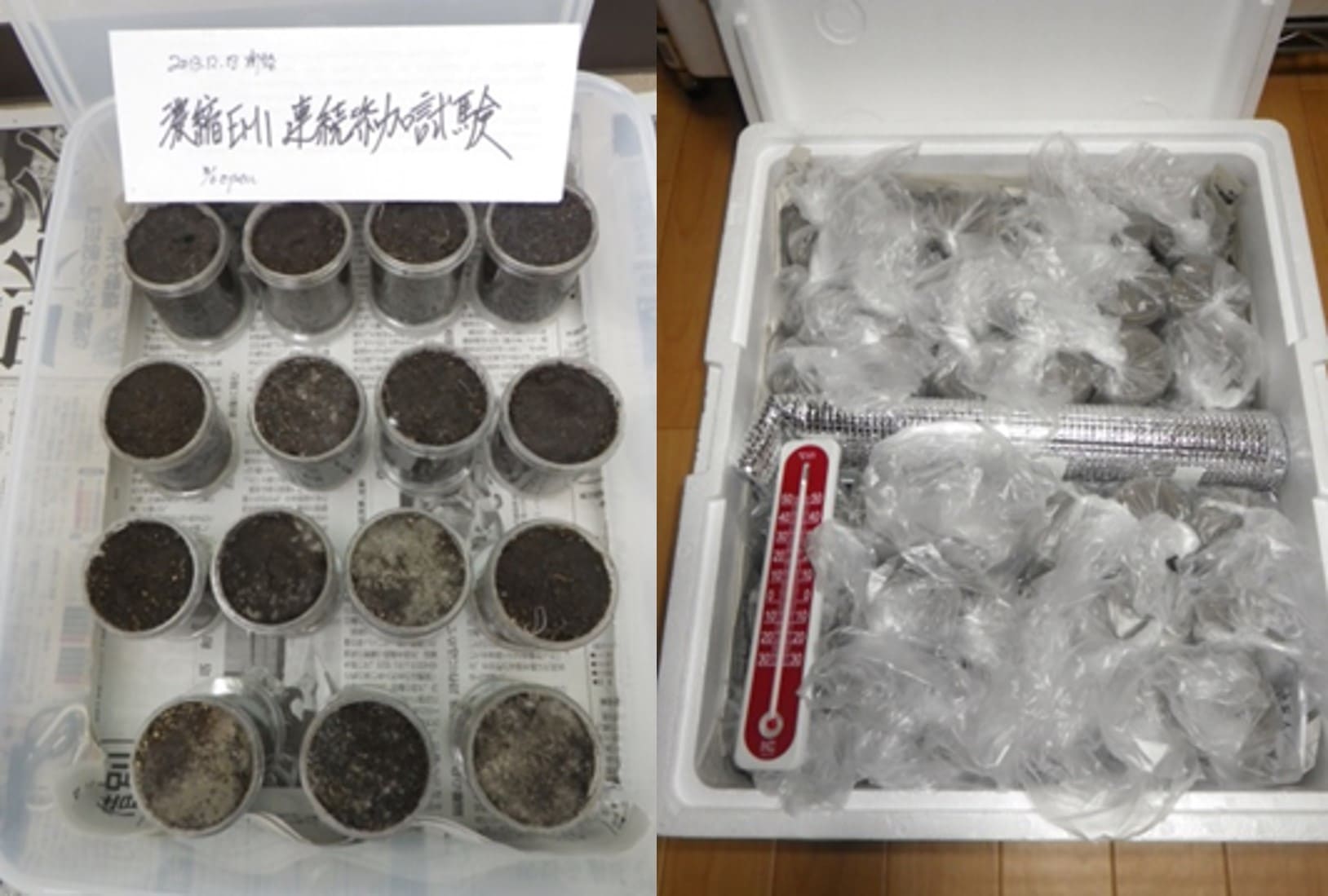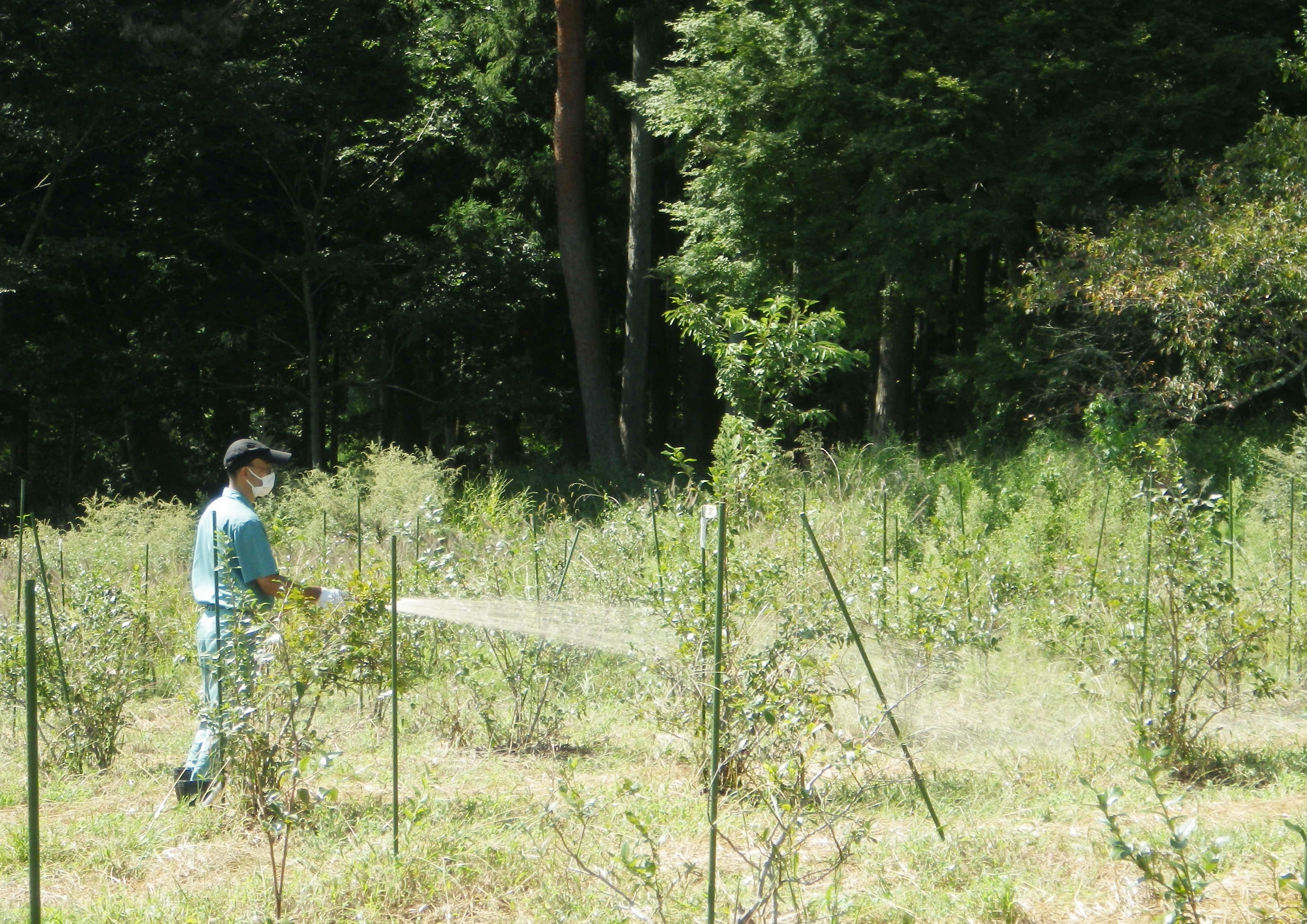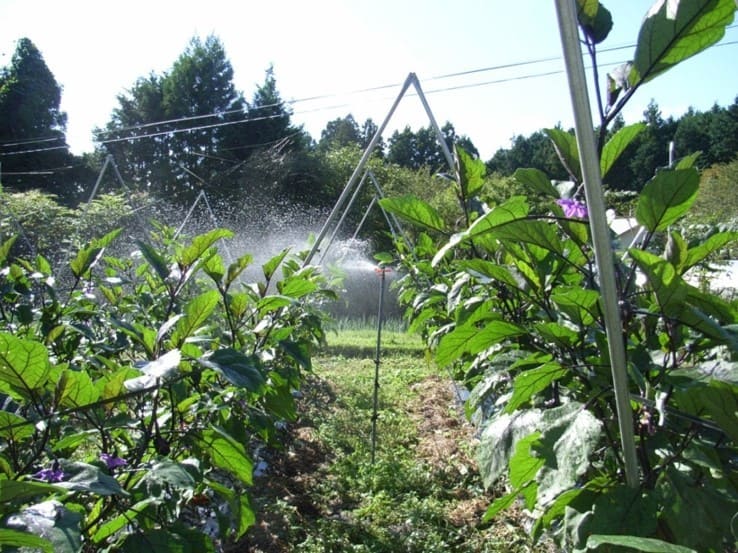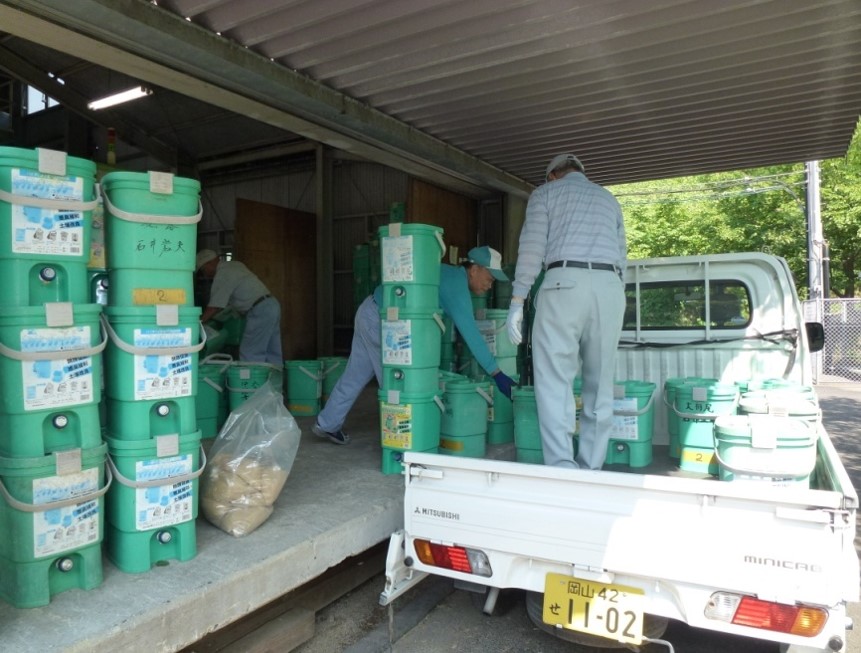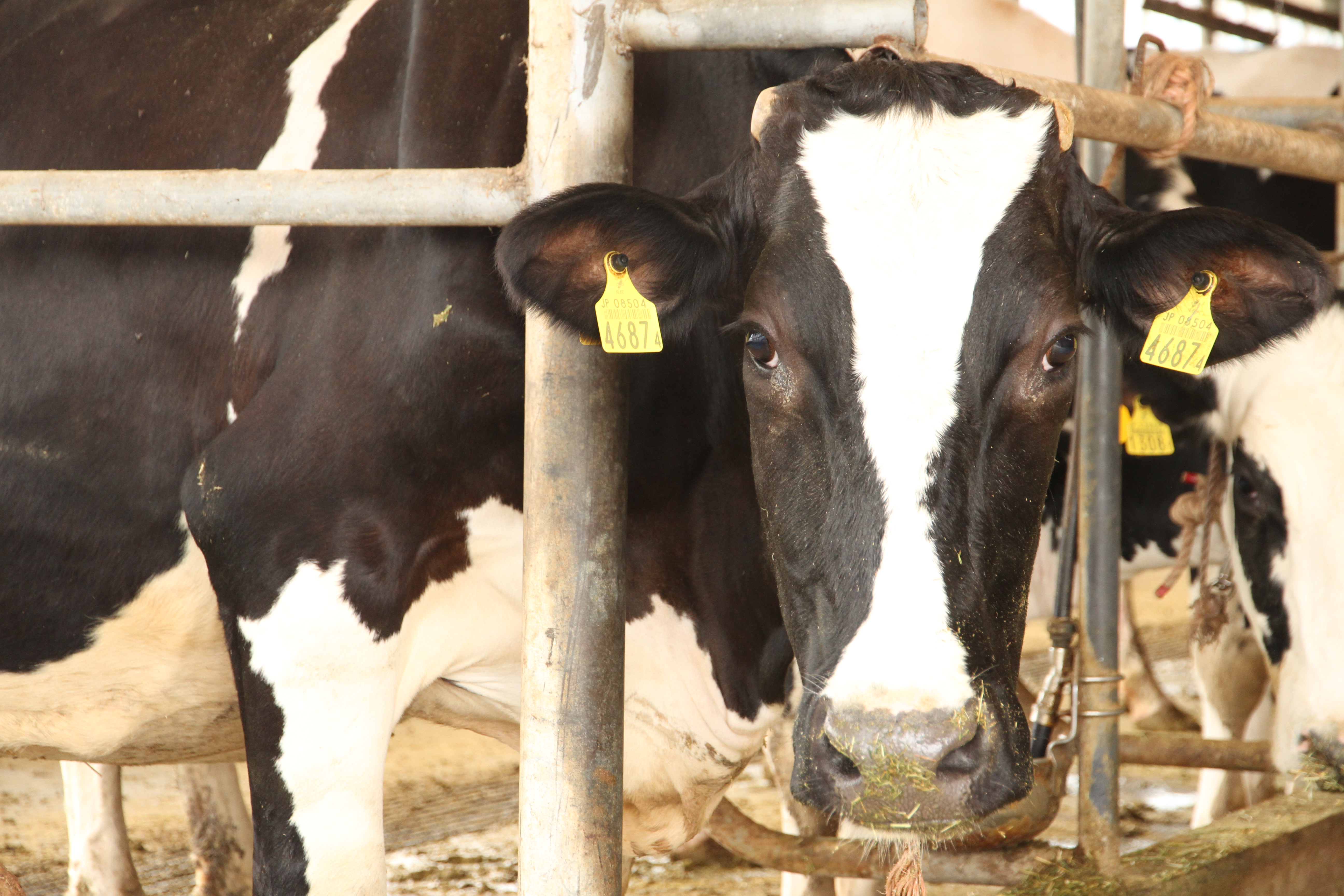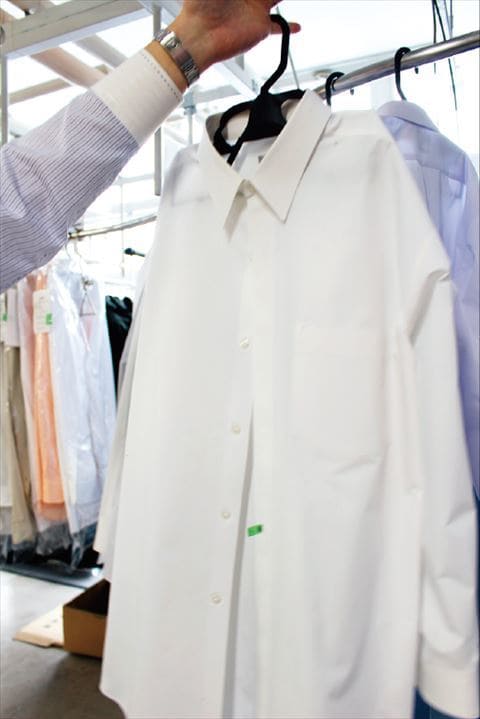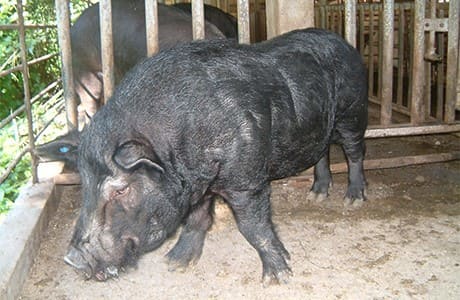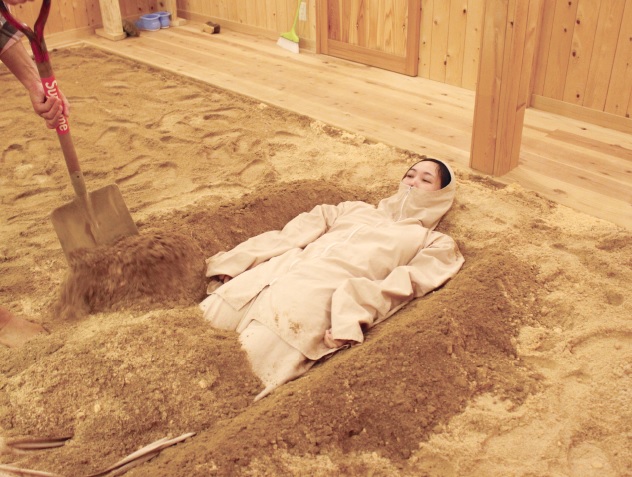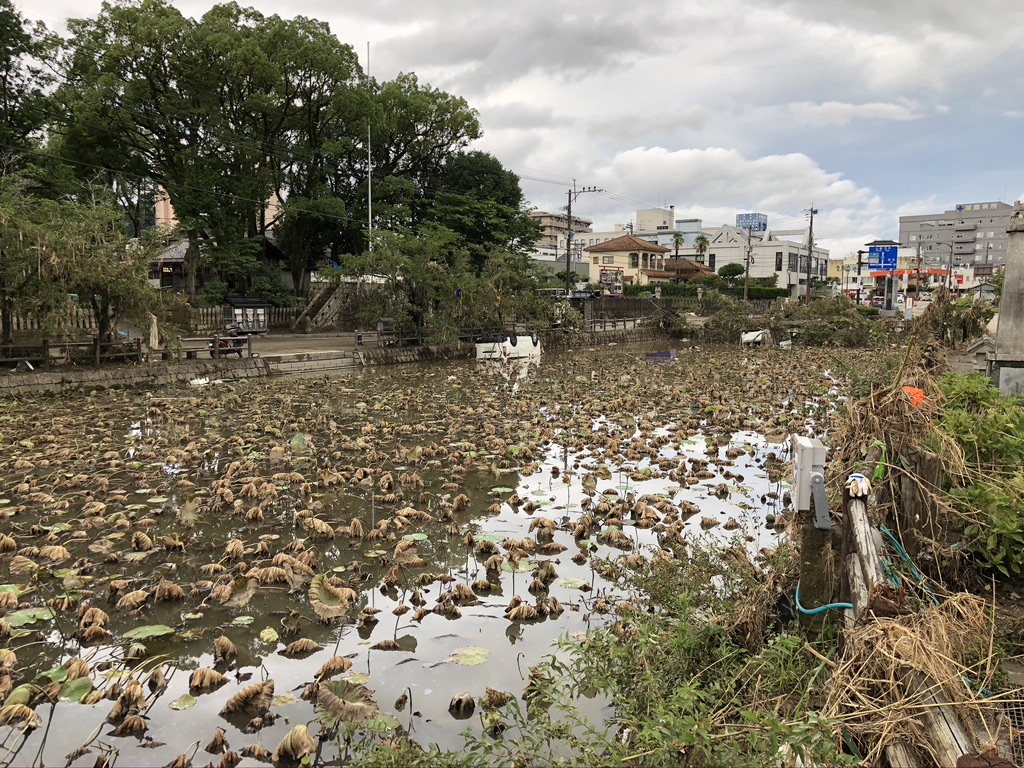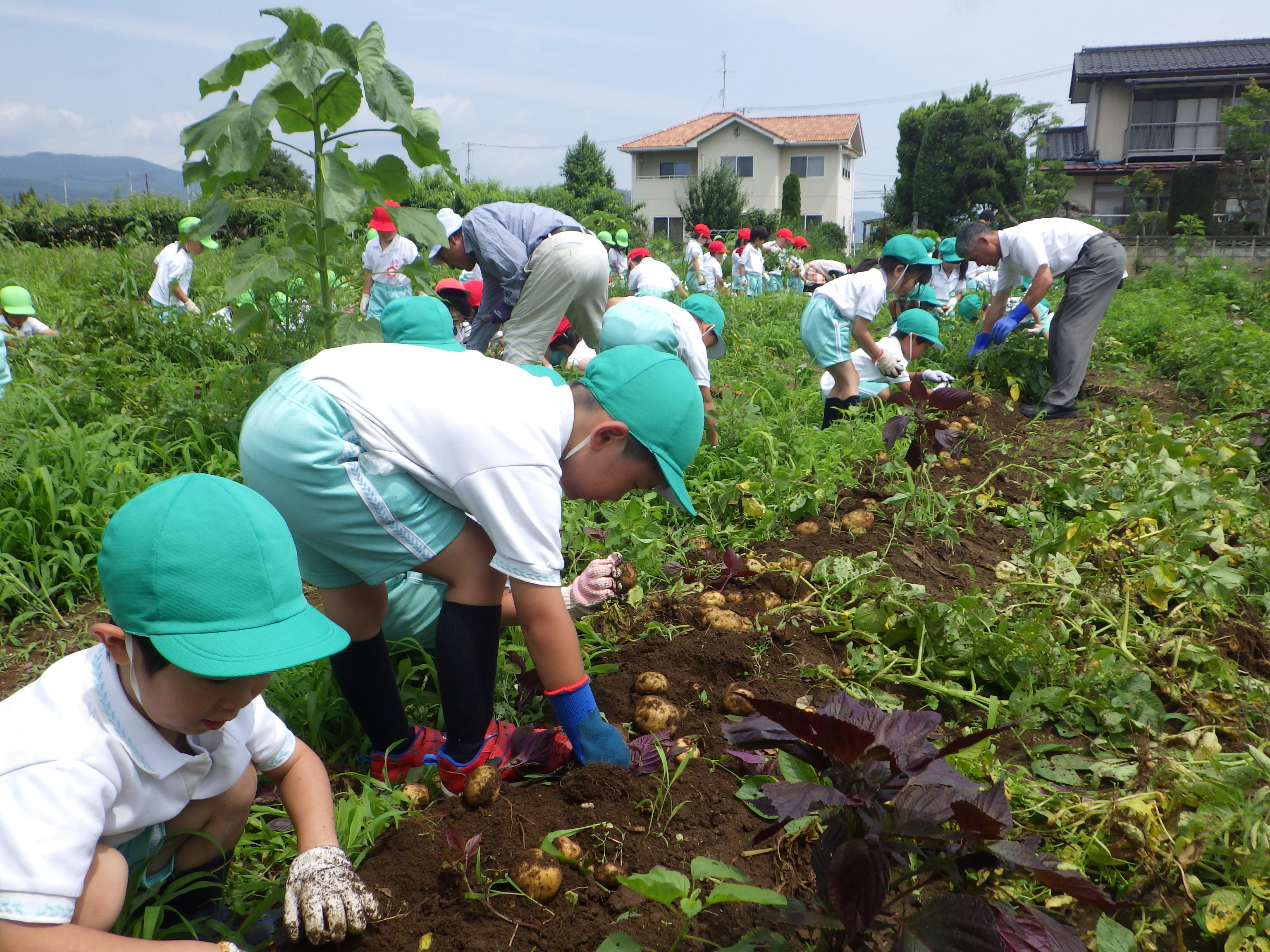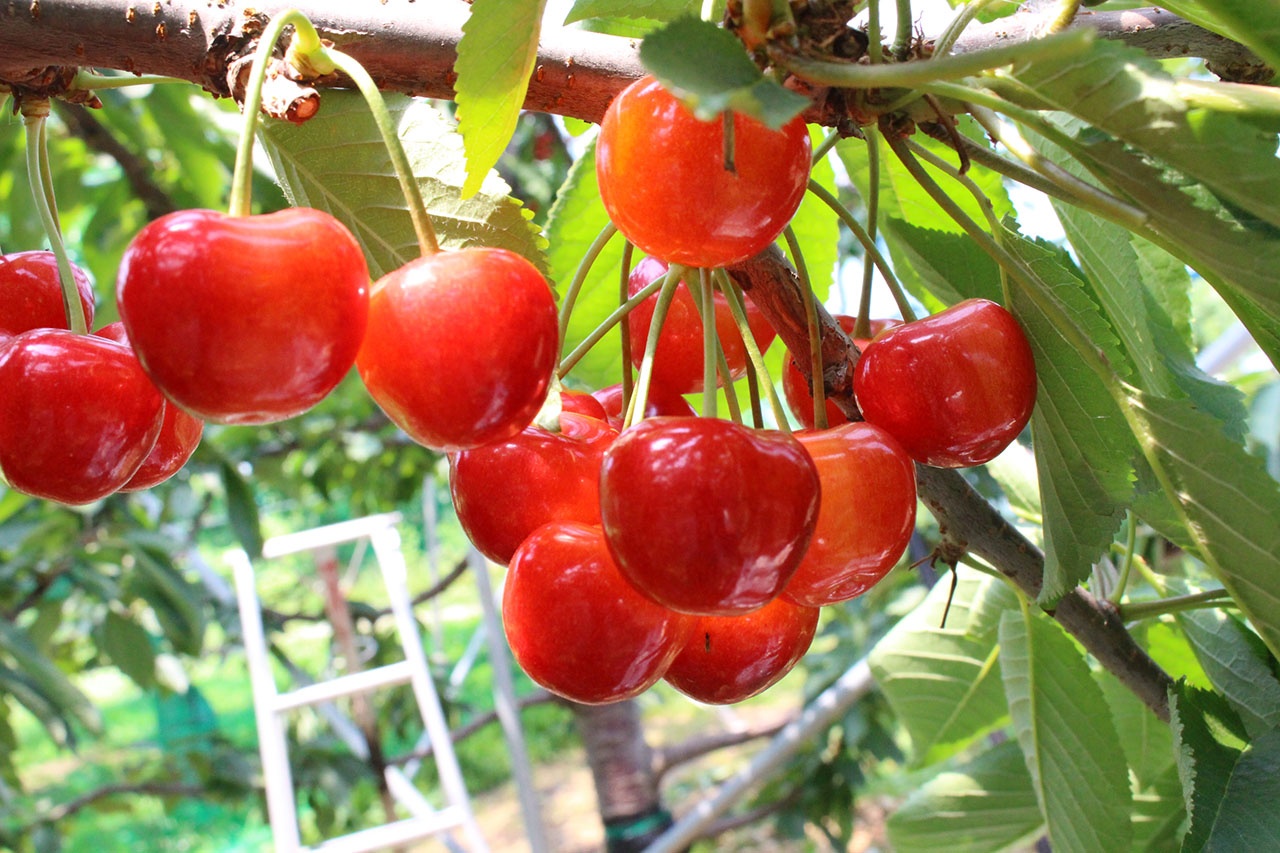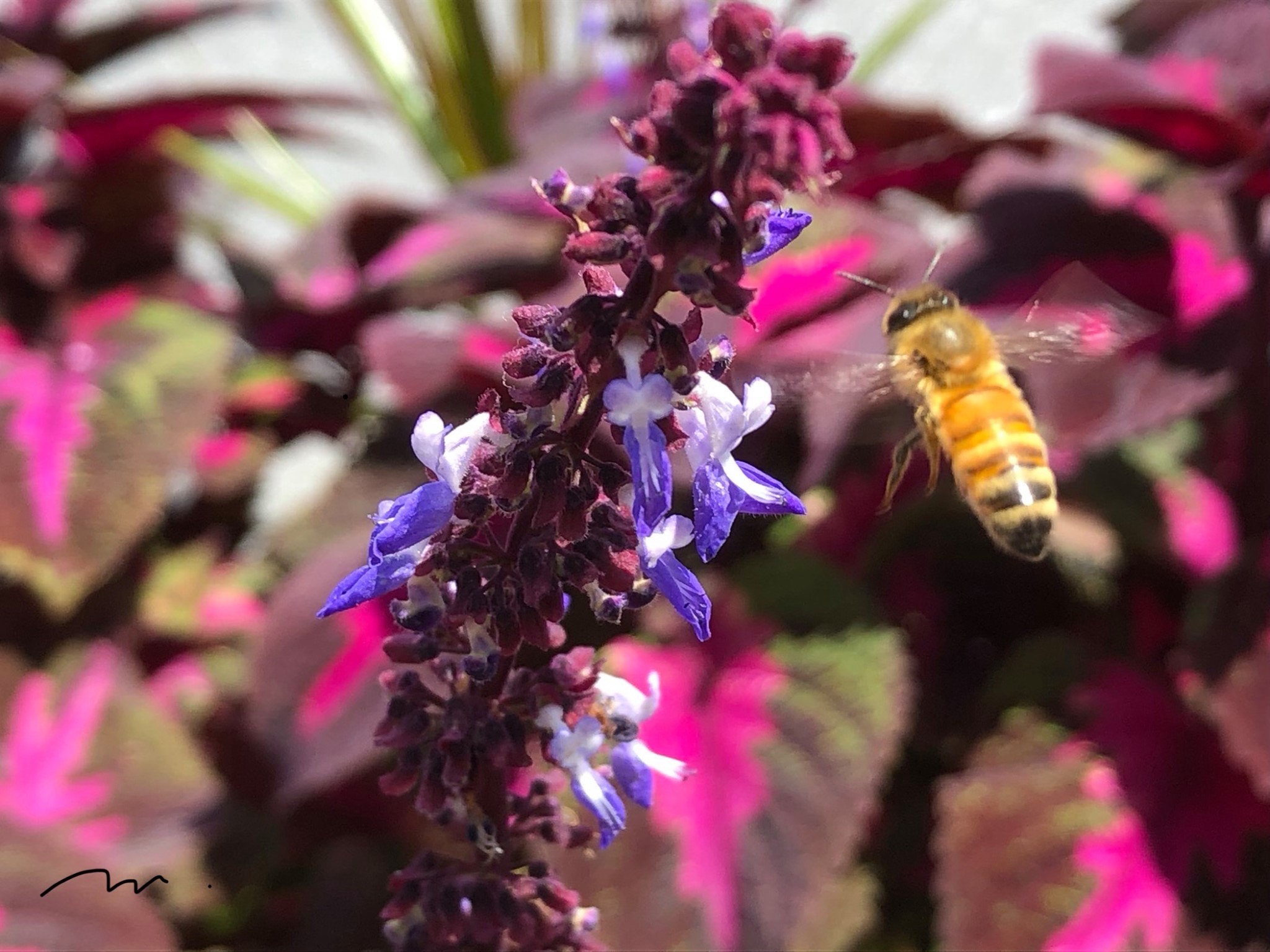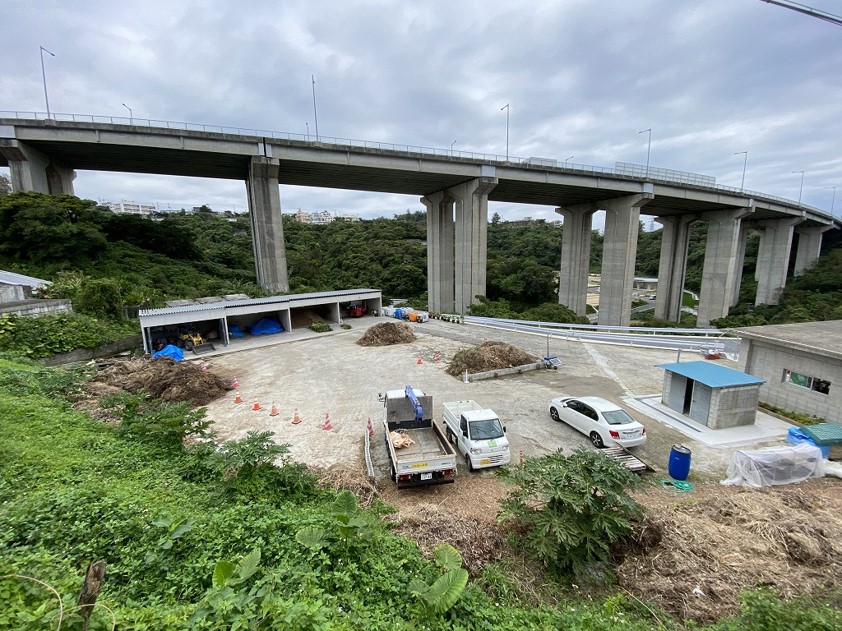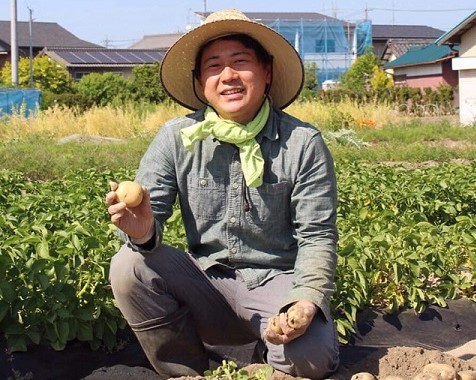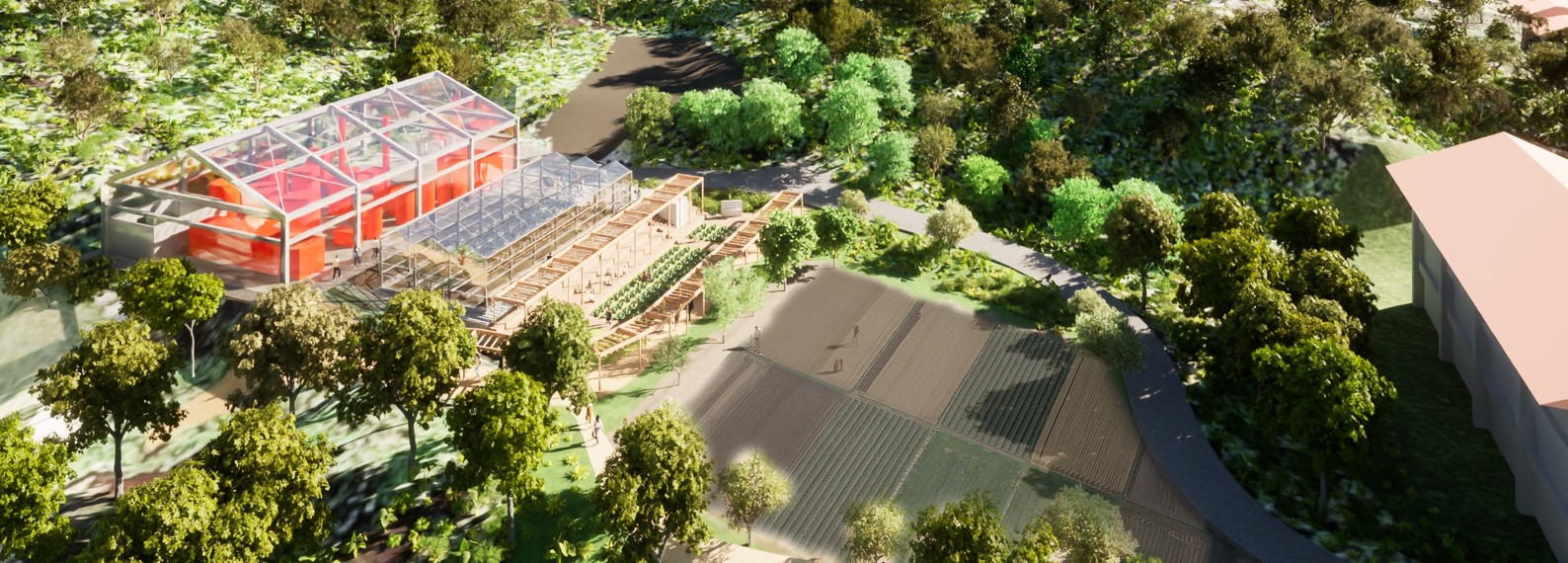Case Studies
Swimming Pool Cleanup as Eco-Education
Okinawa , Japan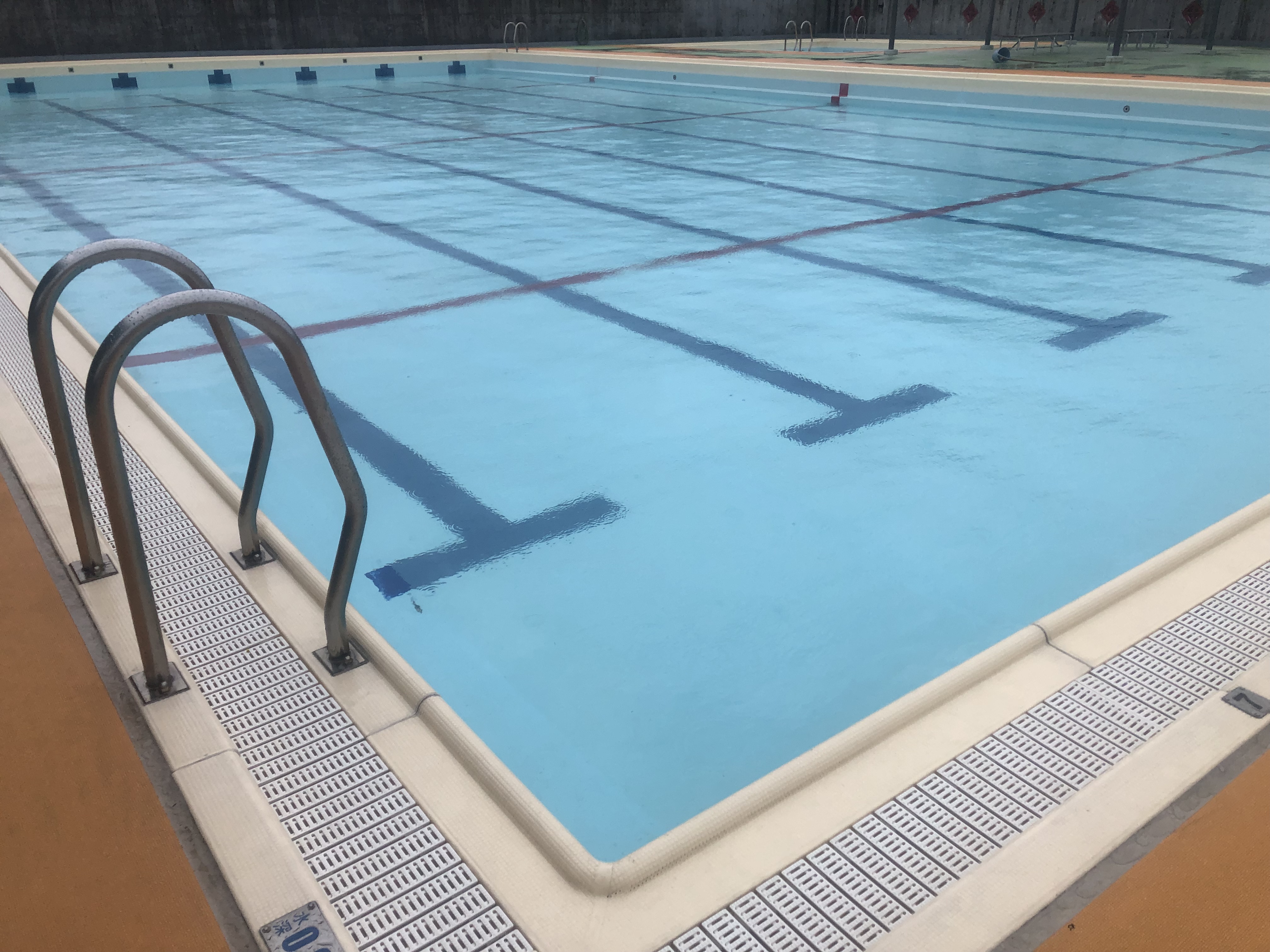
Overview
A unique feature of the Japanese school system is the inclusion of swimming classes during the summer. As part of their environmental program, students at an elementary school in Okinawa used AEM (Activated EM・1) to clean up the swimming pool.
Environmental Studies Program Report
Day 1: Lecture and Workshop of Making AEM
In the first class, students learned about the water environment and microbes. Afterward, they experienced making AEM.
In the first class, students learned about the water environment and microbes. Afterward, they experienced making AEM.
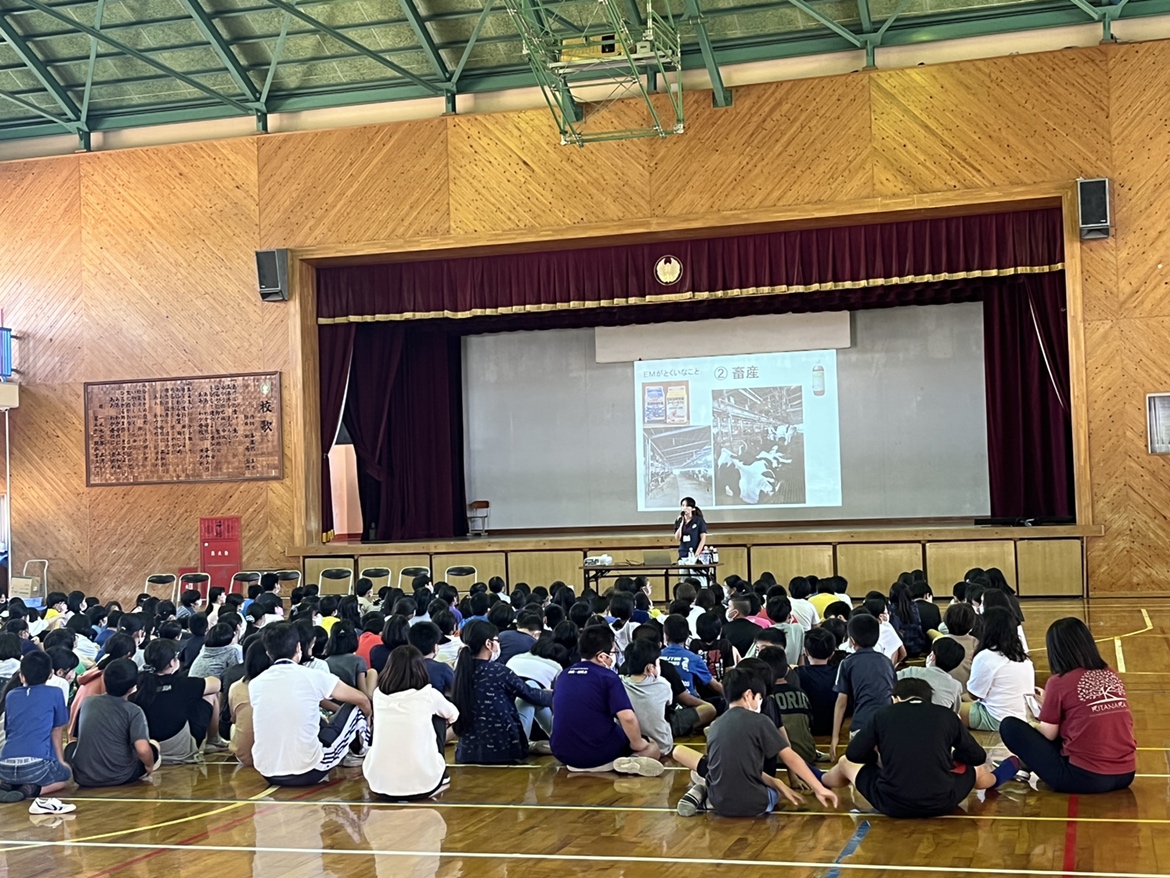
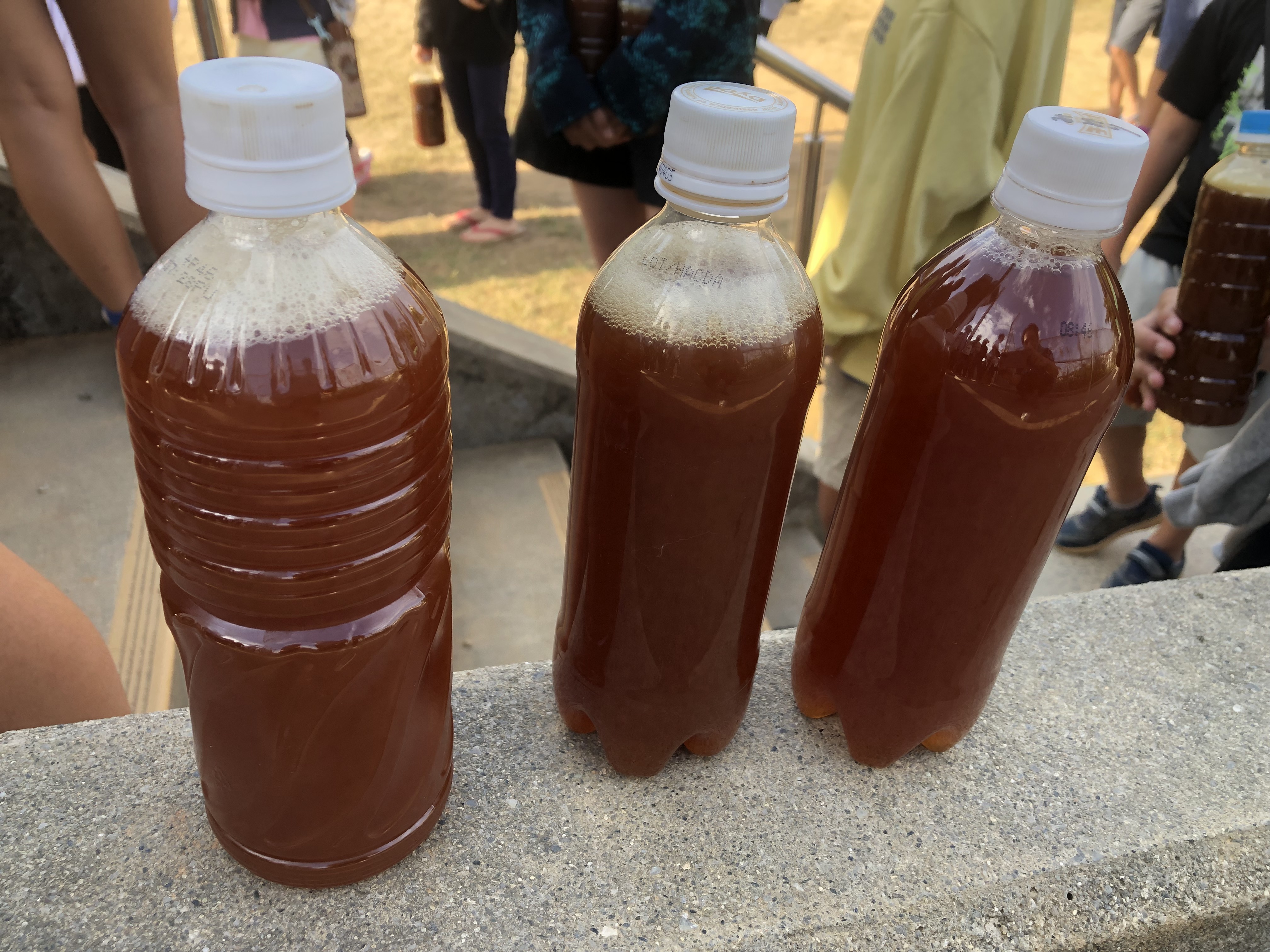
Day 2: Application of AEM to the Pool
Over a month, the students poured AEM into the pool and left it over the winter, just before the swimming season. Normally, when the pool is not used, organic matters from rain, leaves and wind-blown dust become nutrients, causing sludge and algae, that make the pool more difficult to clean the following year. Leaving AEM over the winter, increases the number of beneficial microbes that promote break down the sludge, so not only makes cleaning easier, but also reduces the odor produced by the sludge.
Over a month, the students poured AEM into the pool and left it over the winter, just before the swimming season. Normally, when the pool is not used, organic matters from rain, leaves and wind-blown dust become nutrients, causing sludge and algae, that make the pool more difficult to clean the following year. Leaving AEM over the winter, increases the number of beneficial microbes that promote break down the sludge, so not only makes cleaning easier, but also reduces the odor produced by the sludge.
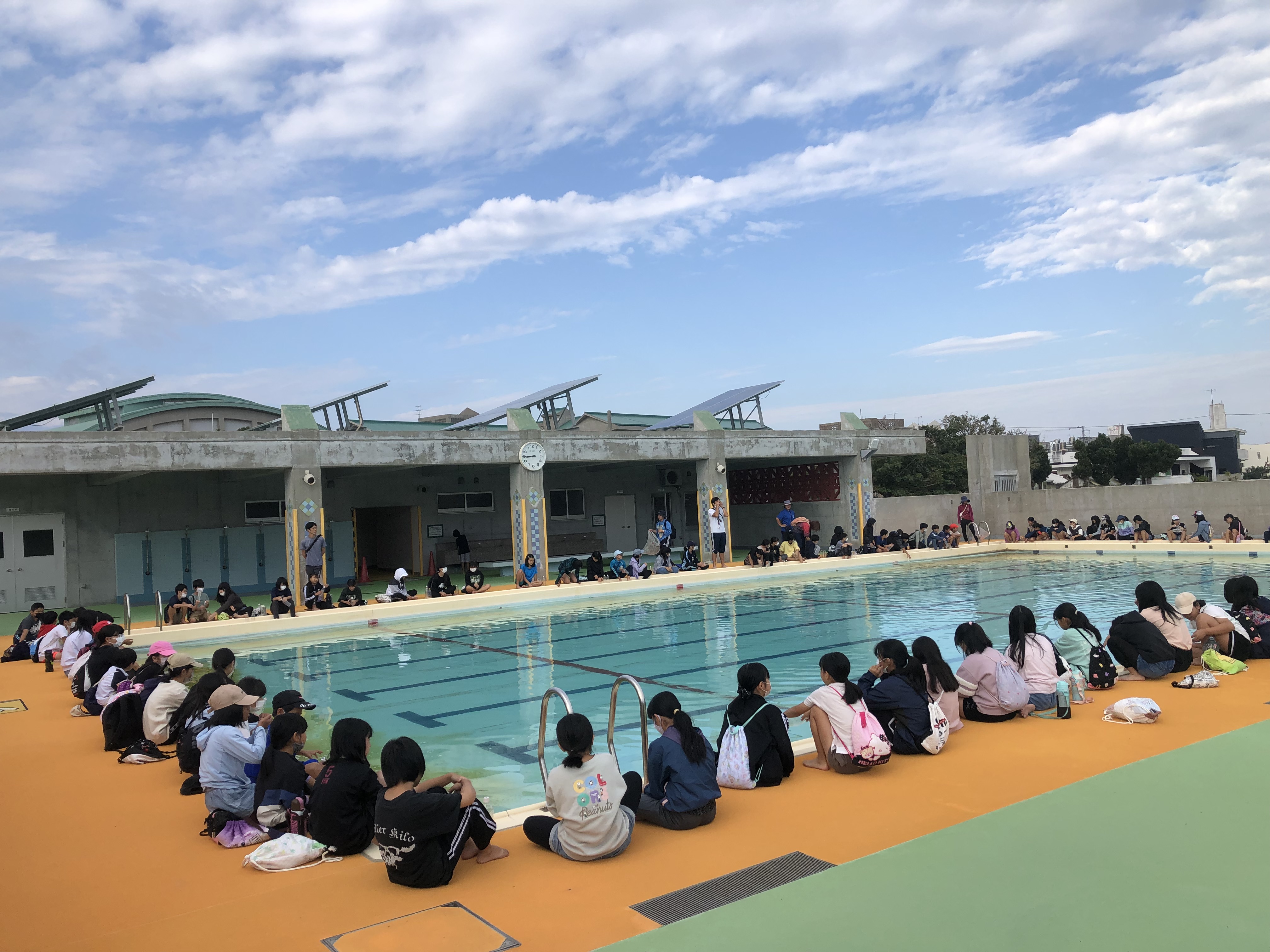

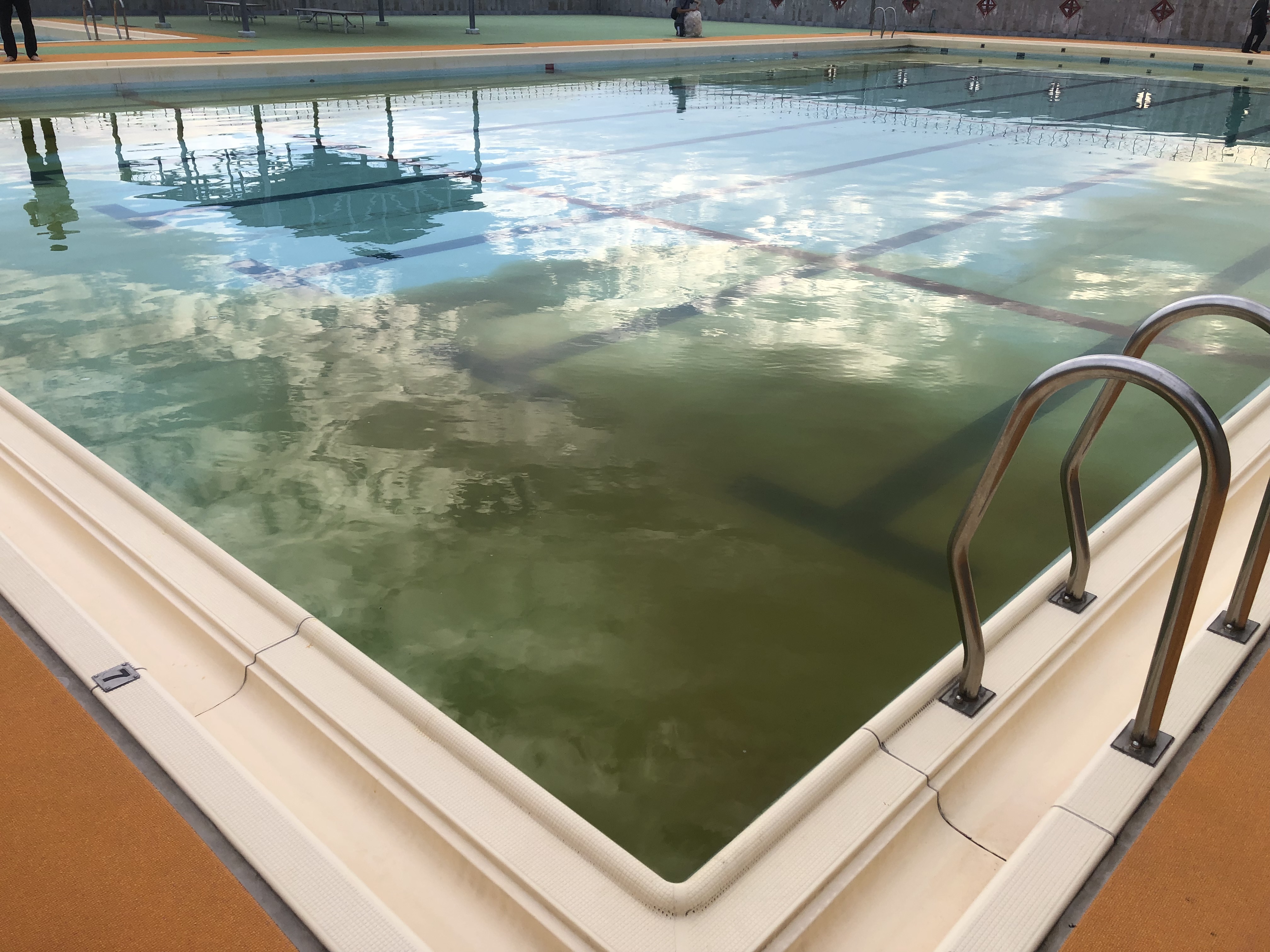
Day 3: Pool Cleanup by Students
On the pool cleaning day before the swimming season, the students participated in the cleaning operation and easily removed the dirt without using any chemical detergents. Since the sludge was not slimy, the operation was safe, and no children slipped or fell. Furthermore, like domestic wastewater from households, the pool water that flows out after cleaning will eventually reach rivers and the ocean flowing through a sewage treatment plant. Using EM makes the water a source of purification for rivers. Therefore, cleaning with EM provides several advantages such as learning about the benefits of microorganisms as well as the eco-friendly cleanup methods.
On the pool cleaning day before the swimming season, the students participated in the cleaning operation and easily removed the dirt without using any chemical detergents. Since the sludge was not slimy, the operation was safe, and no children slipped or fell. Furthermore, like domestic wastewater from households, the pool water that flows out after cleaning will eventually reach rivers and the ocean flowing through a sewage treatment plant. Using EM makes the water a source of purification for rivers. Therefore, cleaning with EM provides several advantages such as learning about the benefits of microorganisms as well as the eco-friendly cleanup methods.
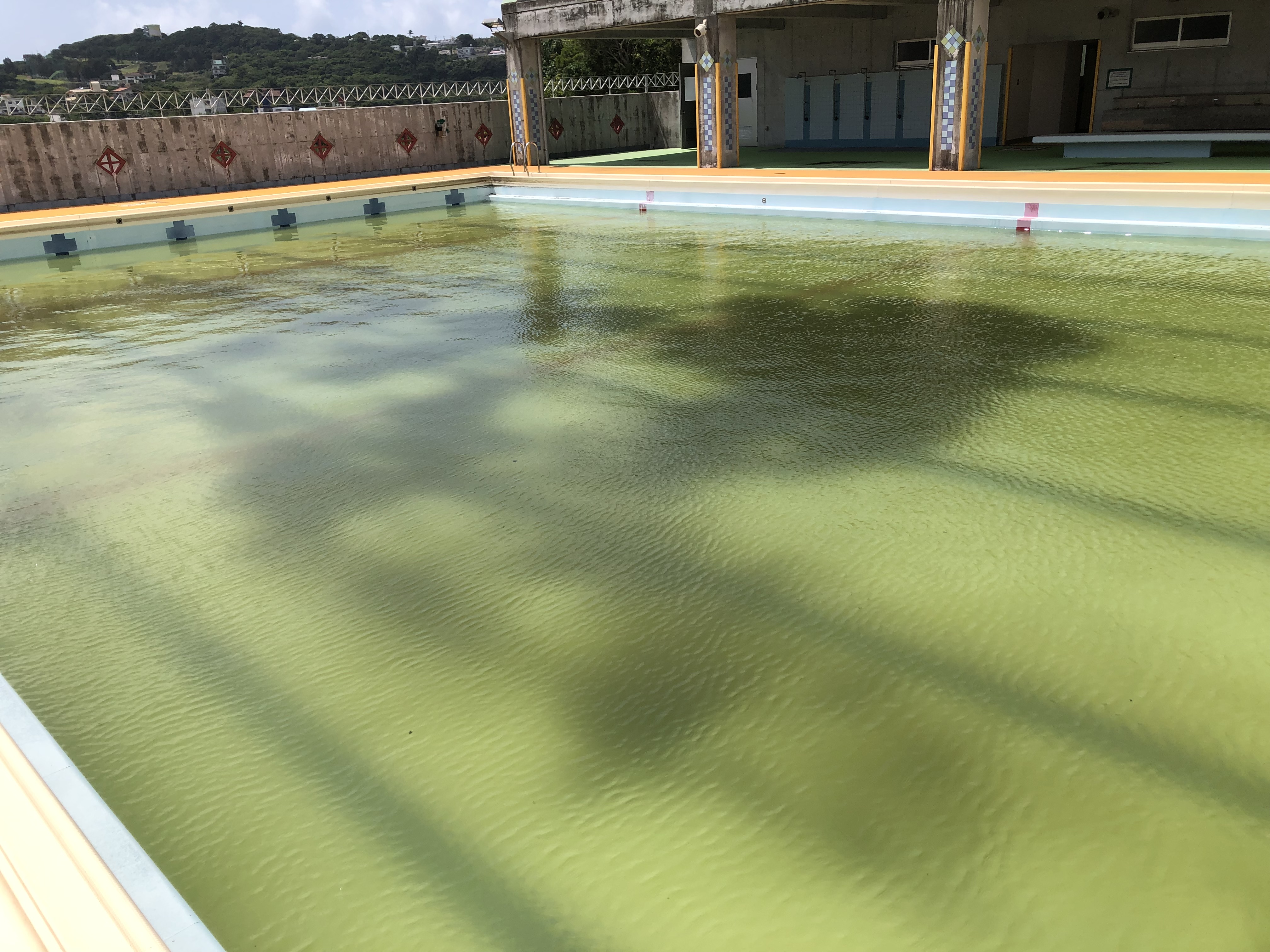
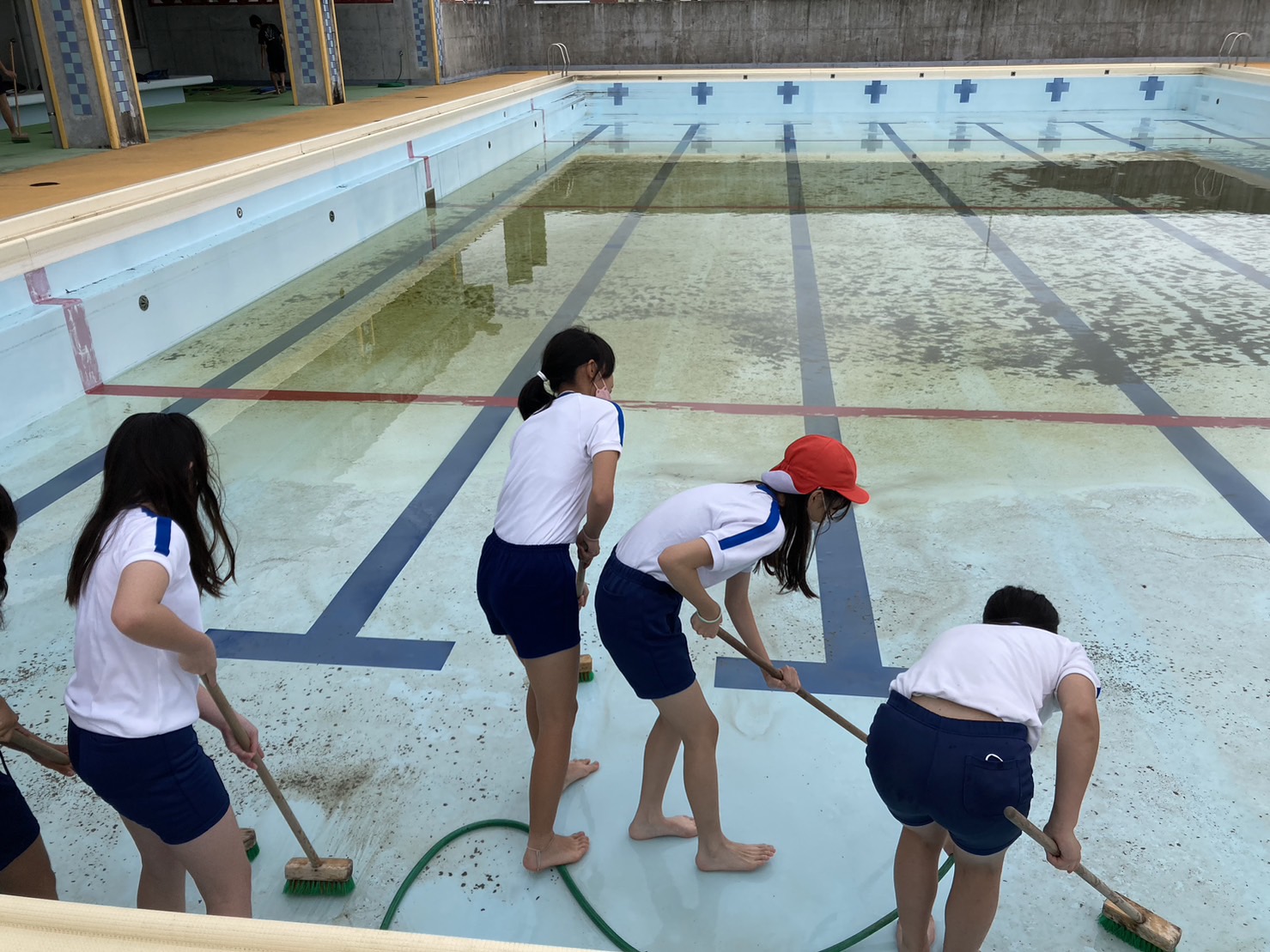

●The principals’ review
The first class was held in 2022. We learned how EM works and its benefits for the environment. After that, we experienced making AEM and then poured it into our pool. On the cleaning day, we were excited to see how EM would work. Previously, the dirt stubbornly adhered to the surface, demanding a lot of time to clean and causing students almost slip and fall while cleaning. But this time, greenish dirt was collected neatly in one spot, and was easily removed just by flowing water. Students’ cleanup work was easy by gently stroking the bottom with scrub brushes. In addition, no children slipped or fell this time. We are so happy to clean in an eco-friendly way using EM. The program also raised children's environmental awareness.
▽【Environmental Studies】Let’s clean the pool with eco-friendly cleanup methods using EM
(March, 2024)
(March, 2024)
